Green Rose
1. Soybean water
The leaves of green pineapple turn yellow due to lack of nutrition, which can be treated with soybean water. It is rich in nutrients and weakly acidic, which can adjust the pH of soil
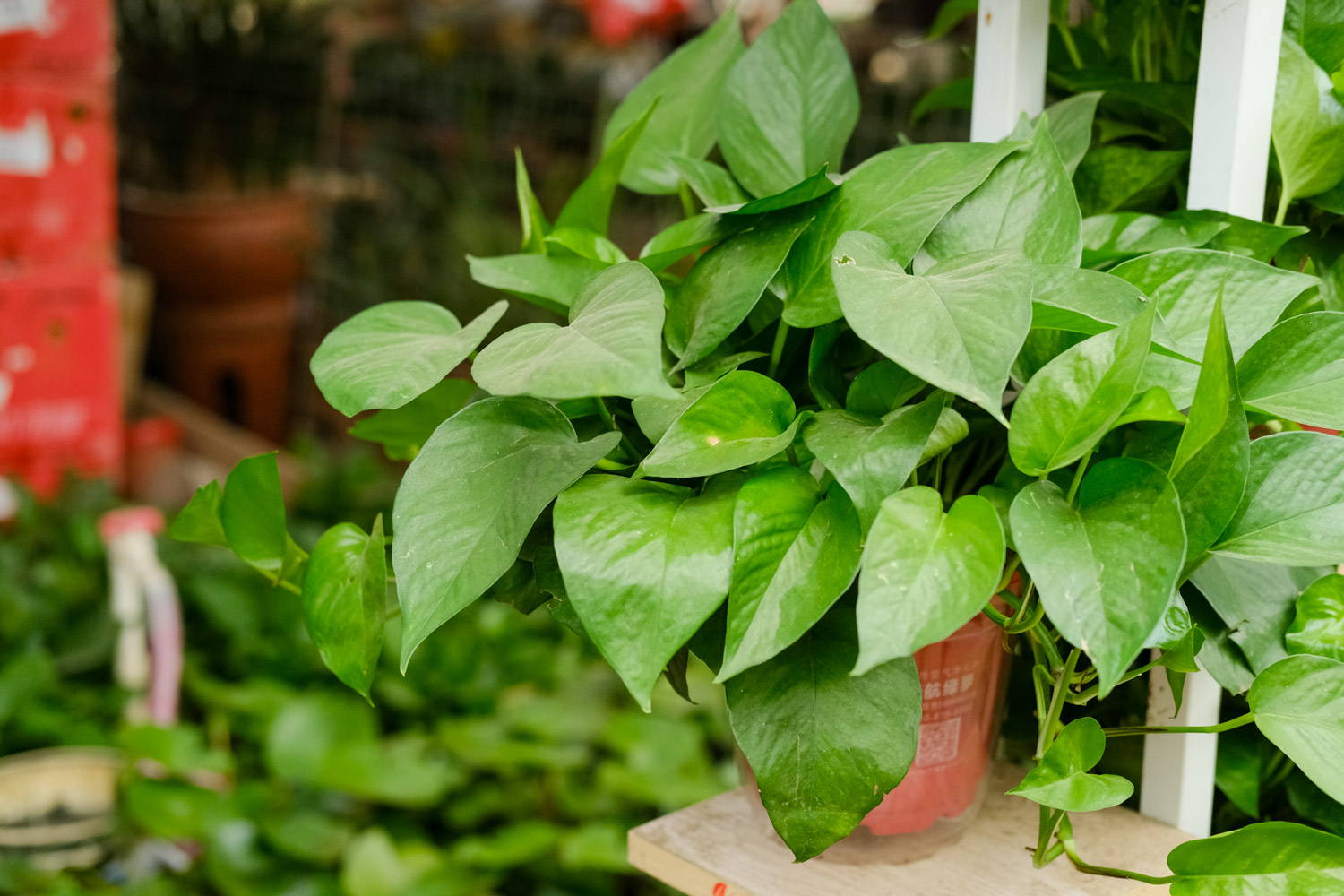
how to use:
(1) Boil the soybeans with clear water. The pot for cooking soybeans should be clean and oil-free, and salt cannot be added to the water
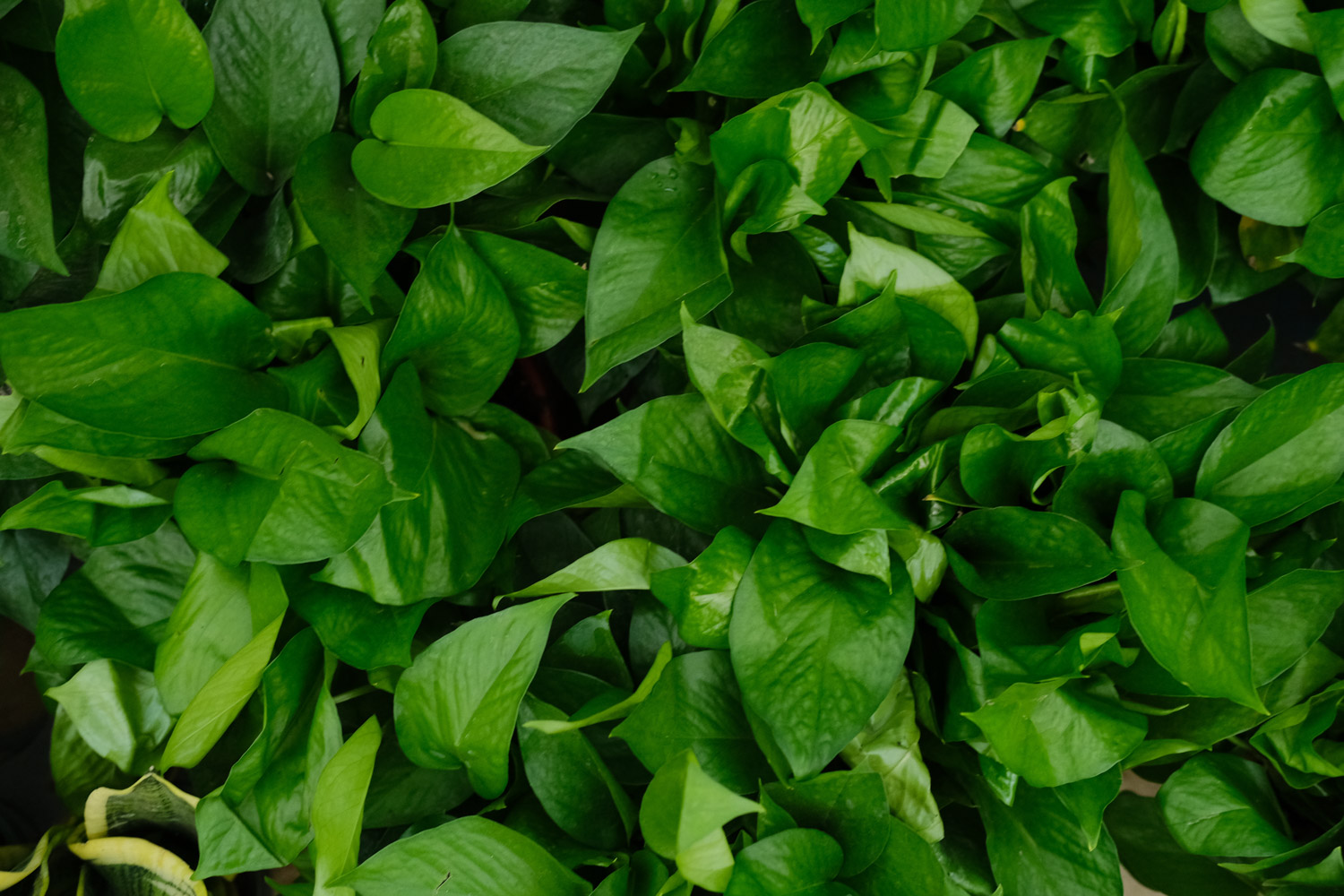
(2) After cooking, take out the soybeans, cool the soybeans water and pour it on the green pineapple

2. Aspirin
Too much watering is easy to yellow leaves, mainly because there is too much water in the soil and bacteria breed, which affects the life activities of green pineapple. Aspirin contains Salicylic acid, which can sterilize and disinfect, enhance the activity of plant cells and alleviate the yellow leaves of green pineapple
how to use:
1. Smash the two aspirin tablets with a rolling pin and mix them in 500g water
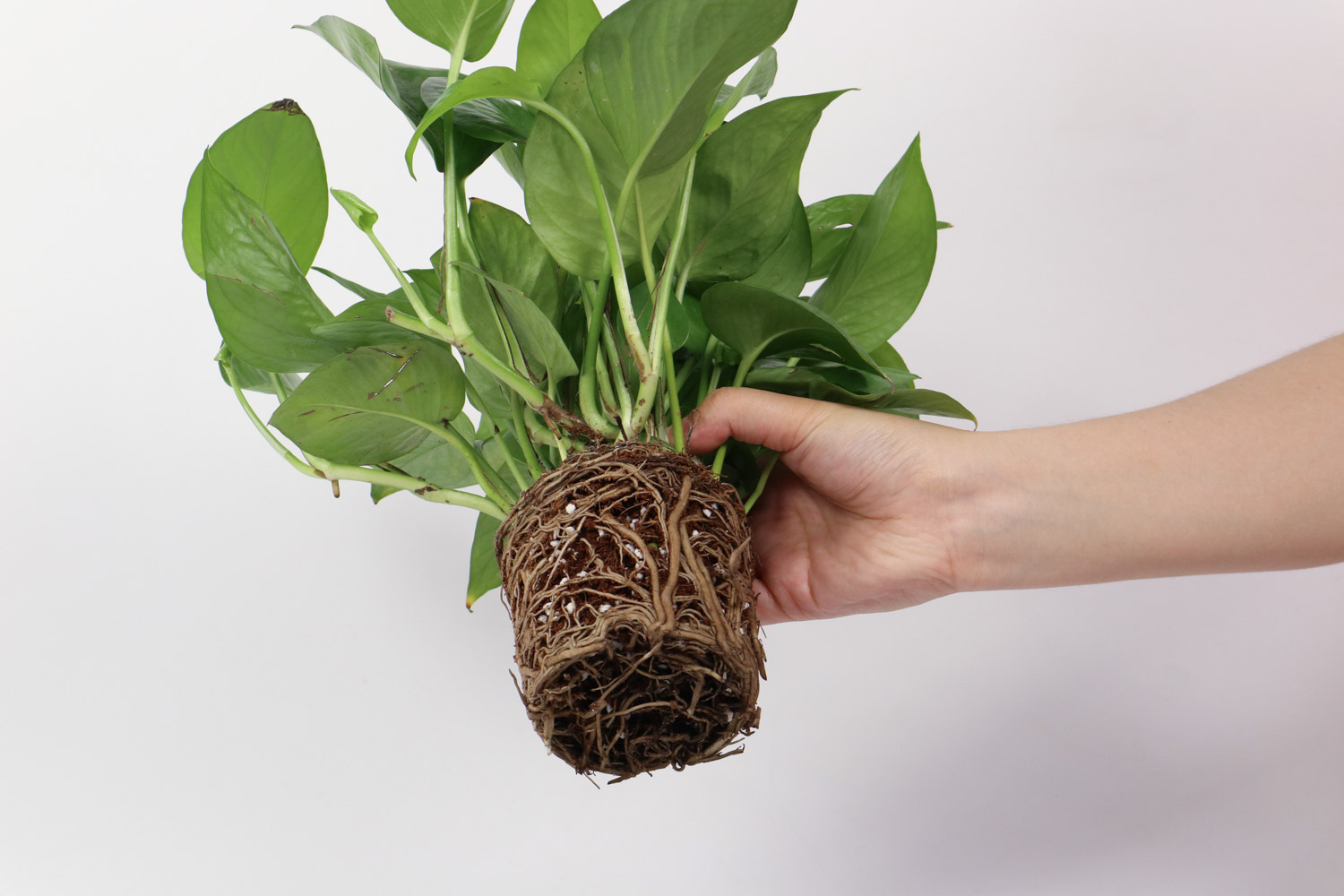
2. Pour the aspirin solution on the green pineapple
3. Maintenance
Lvluo should be placed in a well ventilated and bright place indoors, preferably near the windowsill of the living room or study. Pay attention to the watering frequency. Flowers are usually watered once every 4-6 days, and flower friends should water according to the actual situation
Chlorophytum
1. Broken bones
The leftover fish bones, chicken bones and pig bones can be simply treated to supplement the nutrition of Chlorophytum and avoid the yellow leaves of Chlorophytum due to lack of nutrition
how to use:
(1) Boil the leftover bones in the pot for half an hour and boil off the salt in the bones
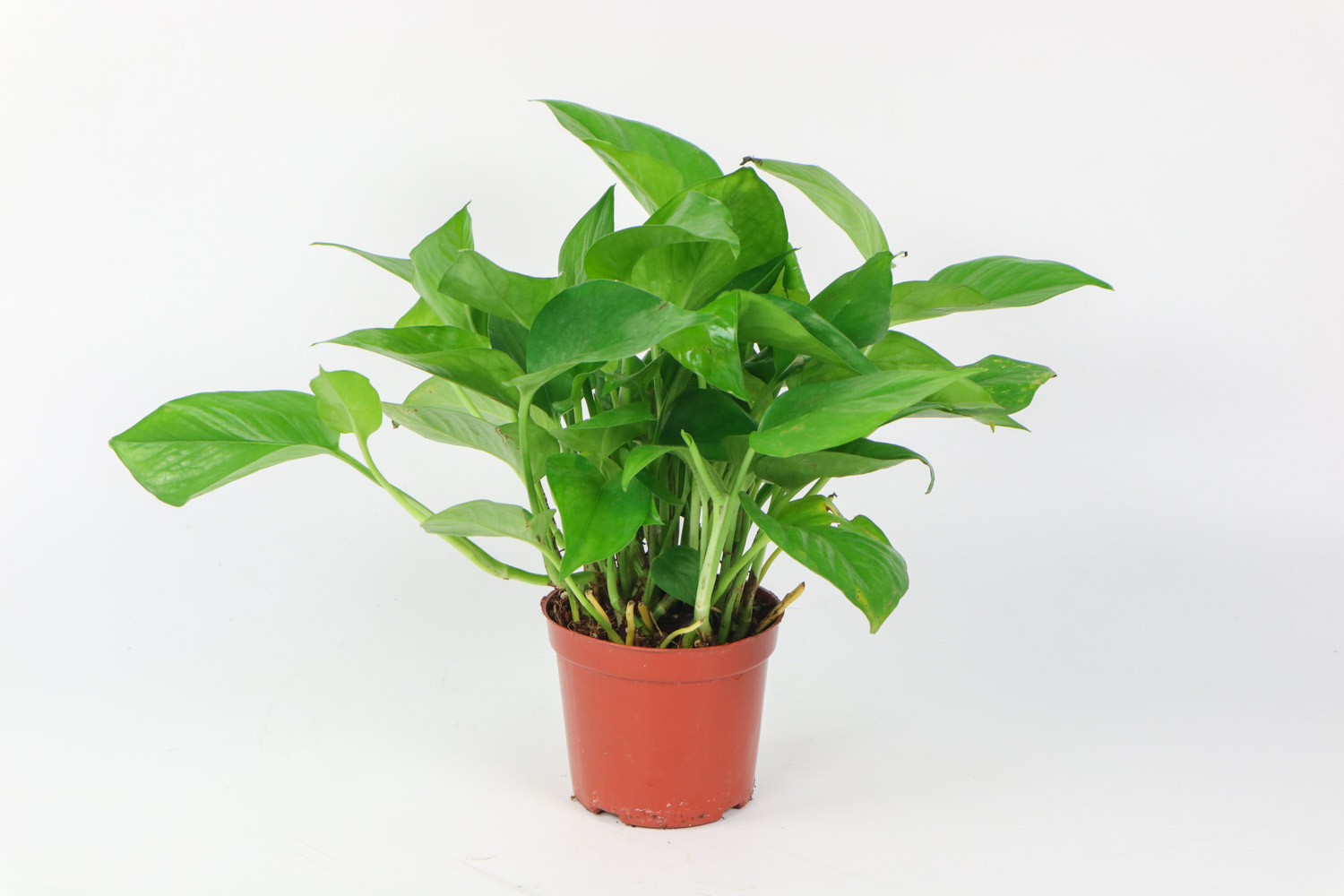
(2) Smash the bones and dry them, then dig a small hole in the edge of the basin of Chlorophytum, and put a small amount of broken bones in
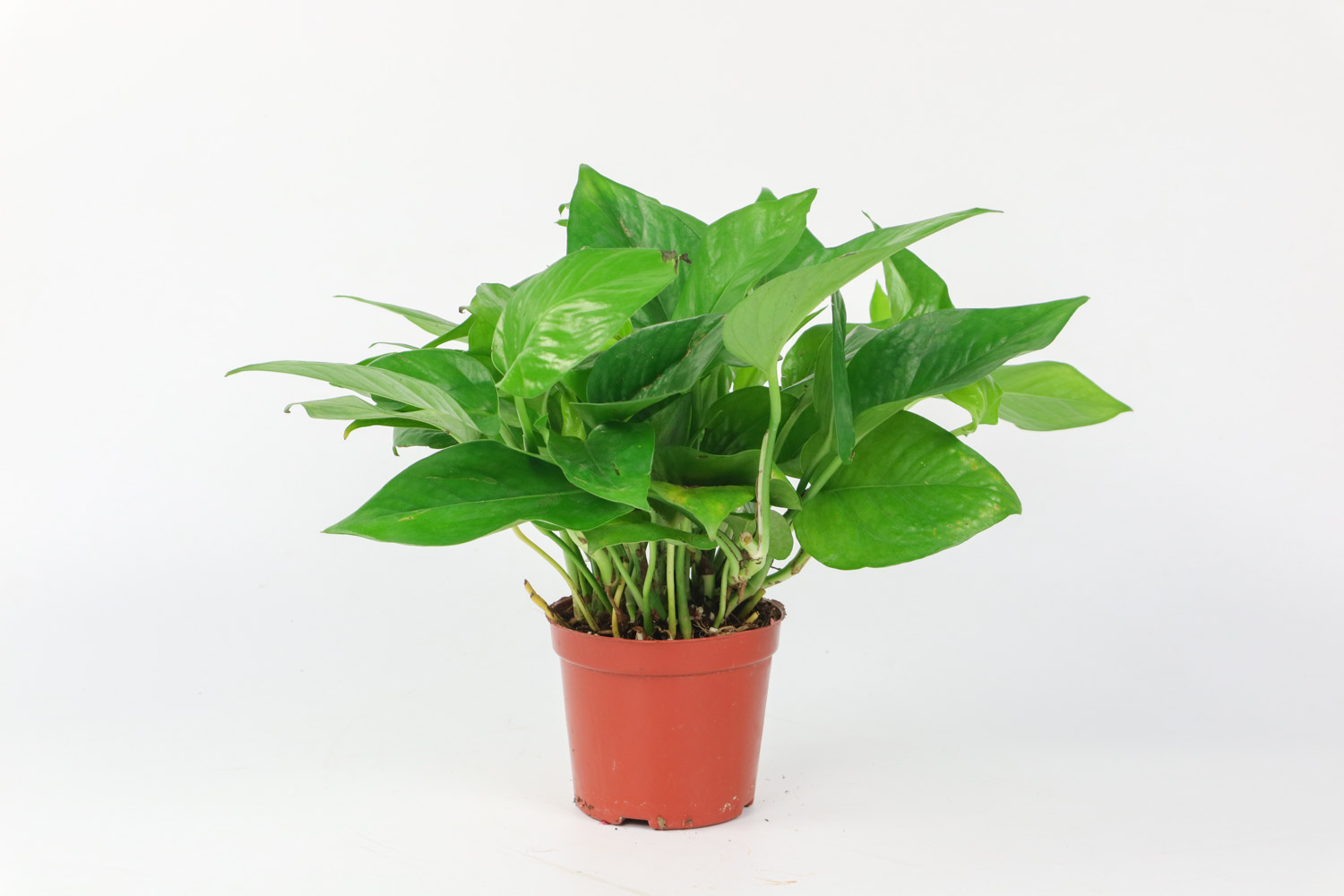
2. Fish tank water
The water replaced in the fish tank can water the flowers. On the one hand, such water has high oxygen content, which can avoid the rotten roots and yellow leaves of Chlorophytum to a certain extent; Second, the water contains fish excreta, which can supplement nutrition for Chlorophytum
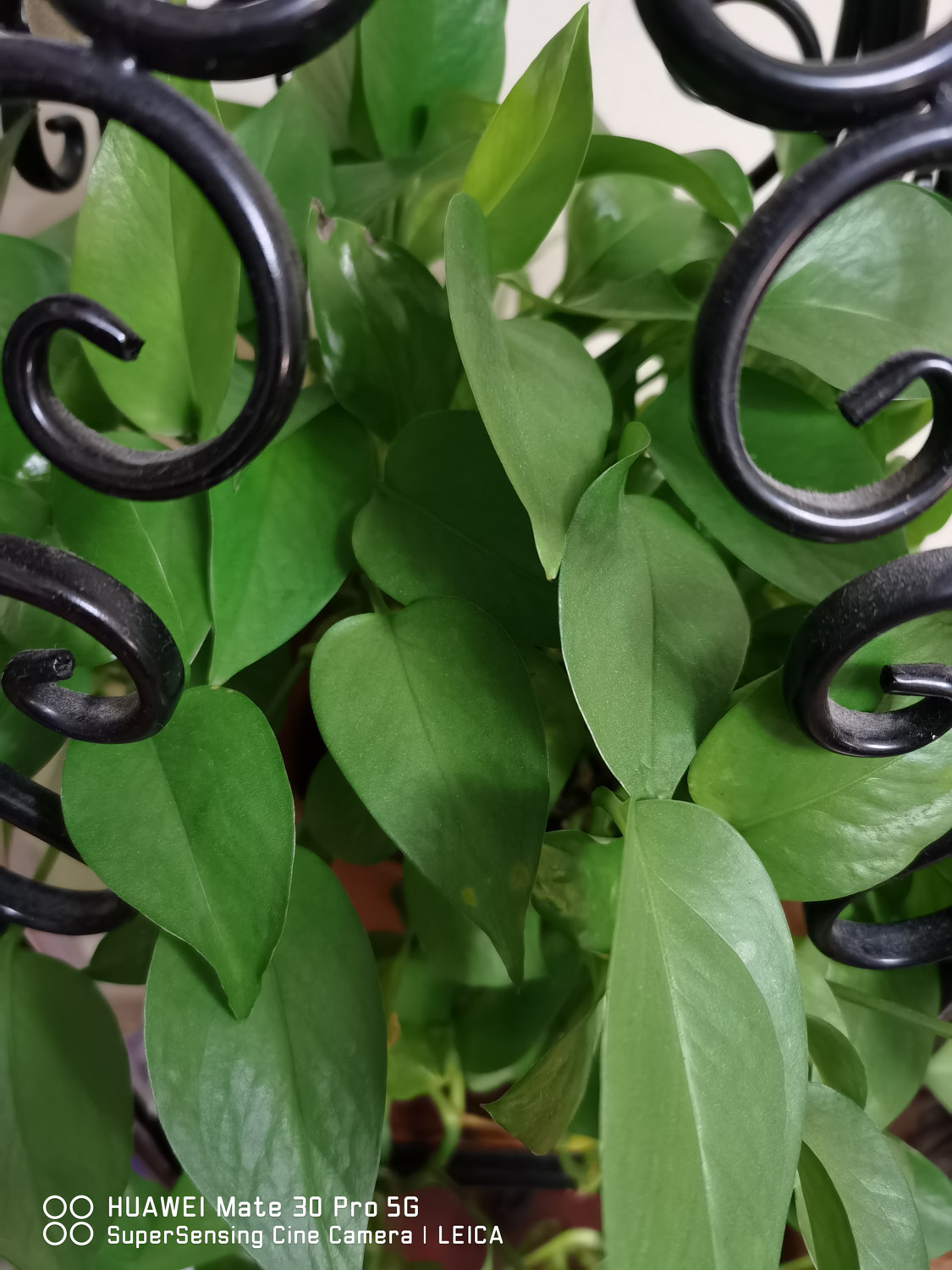
how to use:
The replaced fish tank water can be poured directly on the Chlorophytum
3. Maintenance
Chlorophytum sprays need to spray around regularly to avoid dry tips. Avoid being placed too much in the bathroom. Flowers usually pour 5-7 times a day on their Chlorophytum. p>
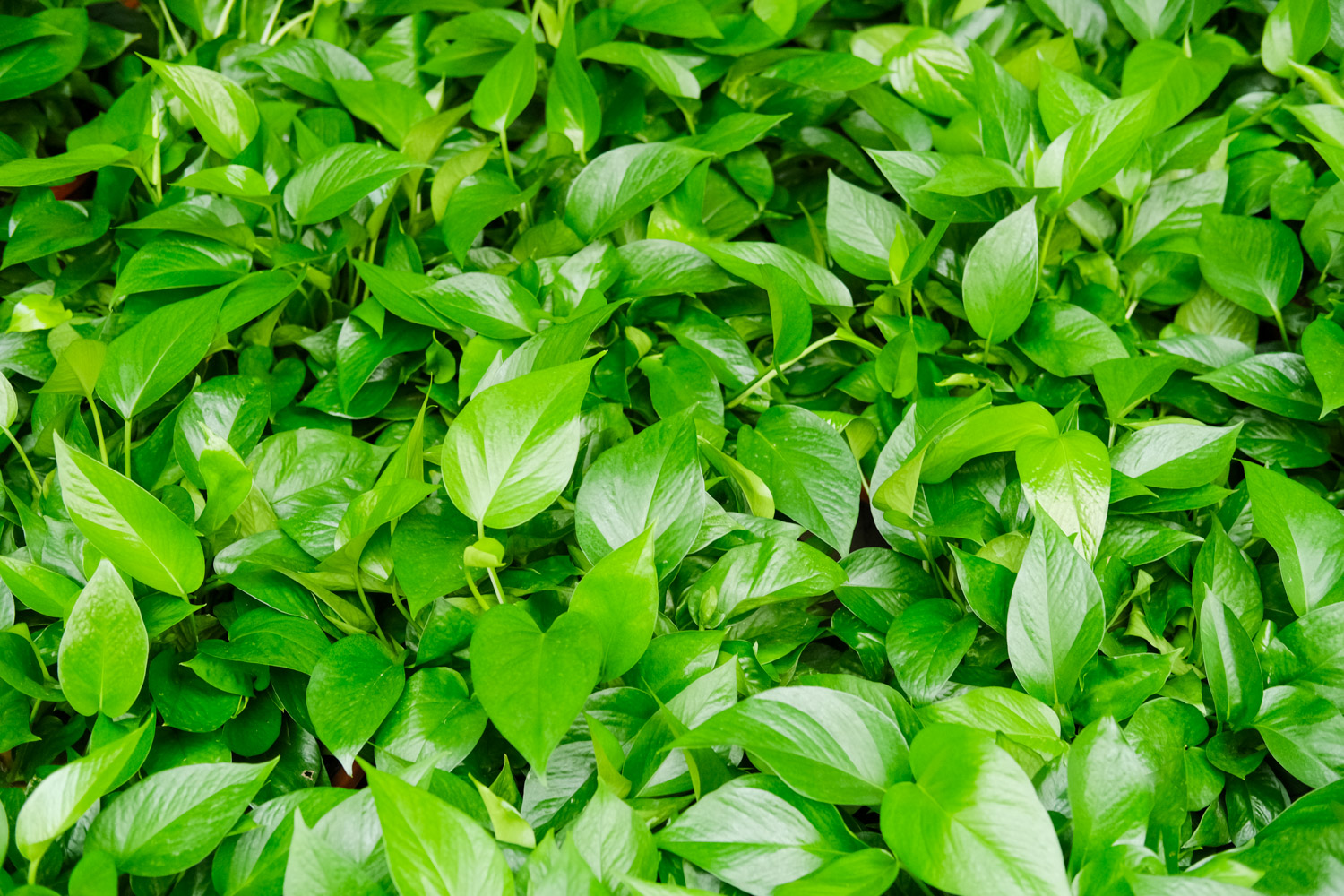
Fortune tree
1. Less watering
99% of fortune trees die from watering, and most of their yellow leaves are due to excessive watering. The root system of fortune tree is very underdeveloped. Once watered too much, the root will be difficult to breathe, and then yellow leaves and rotten roots will appear
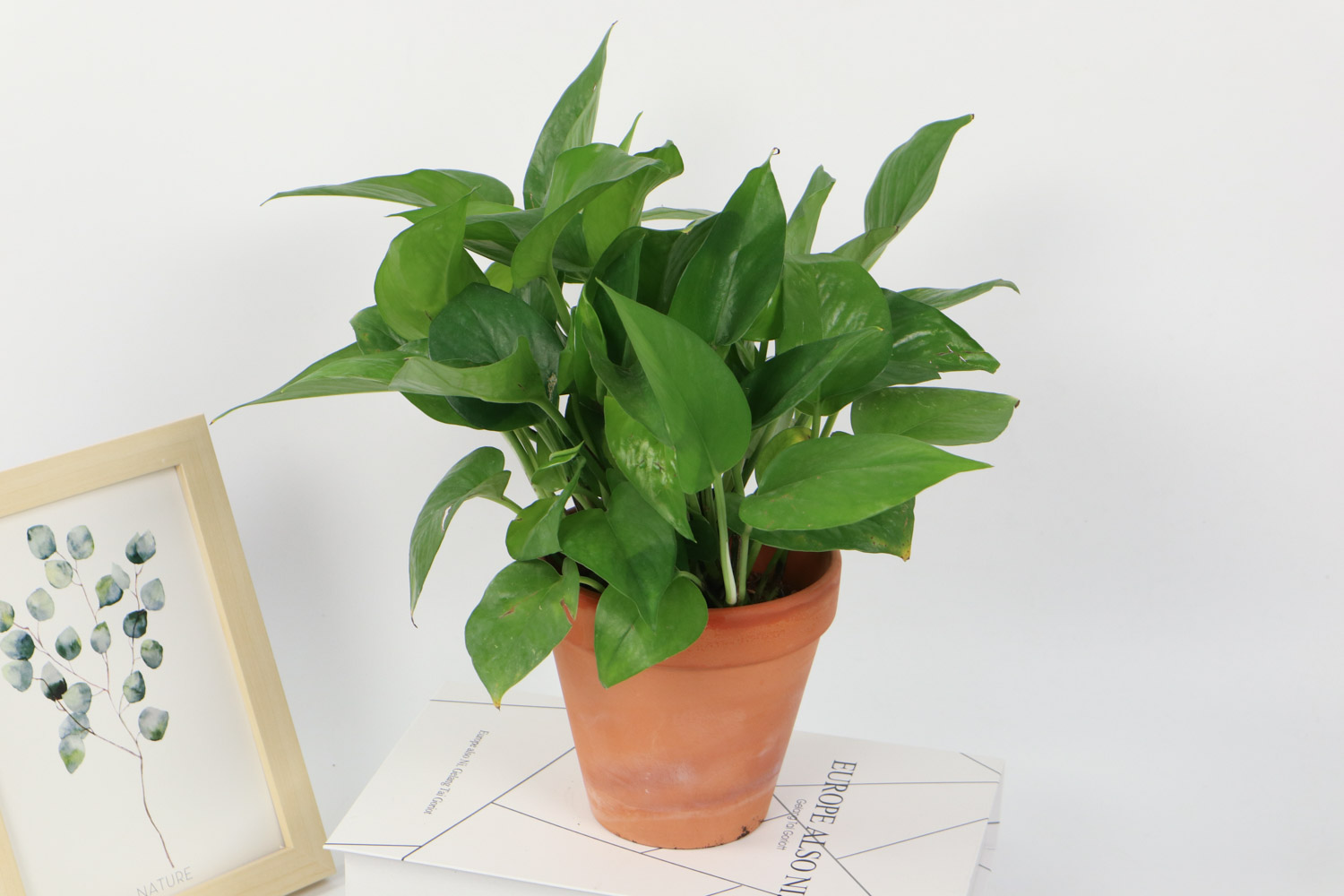
Generally, the rich trees of Huahua only water once every half a month. Flower friends should determine their own watering frequency according to their own maintenance status and taking Huahua as a reference. If it is southern flower friends and the temperature is relatively high, they can appropriately increase the watering frequency
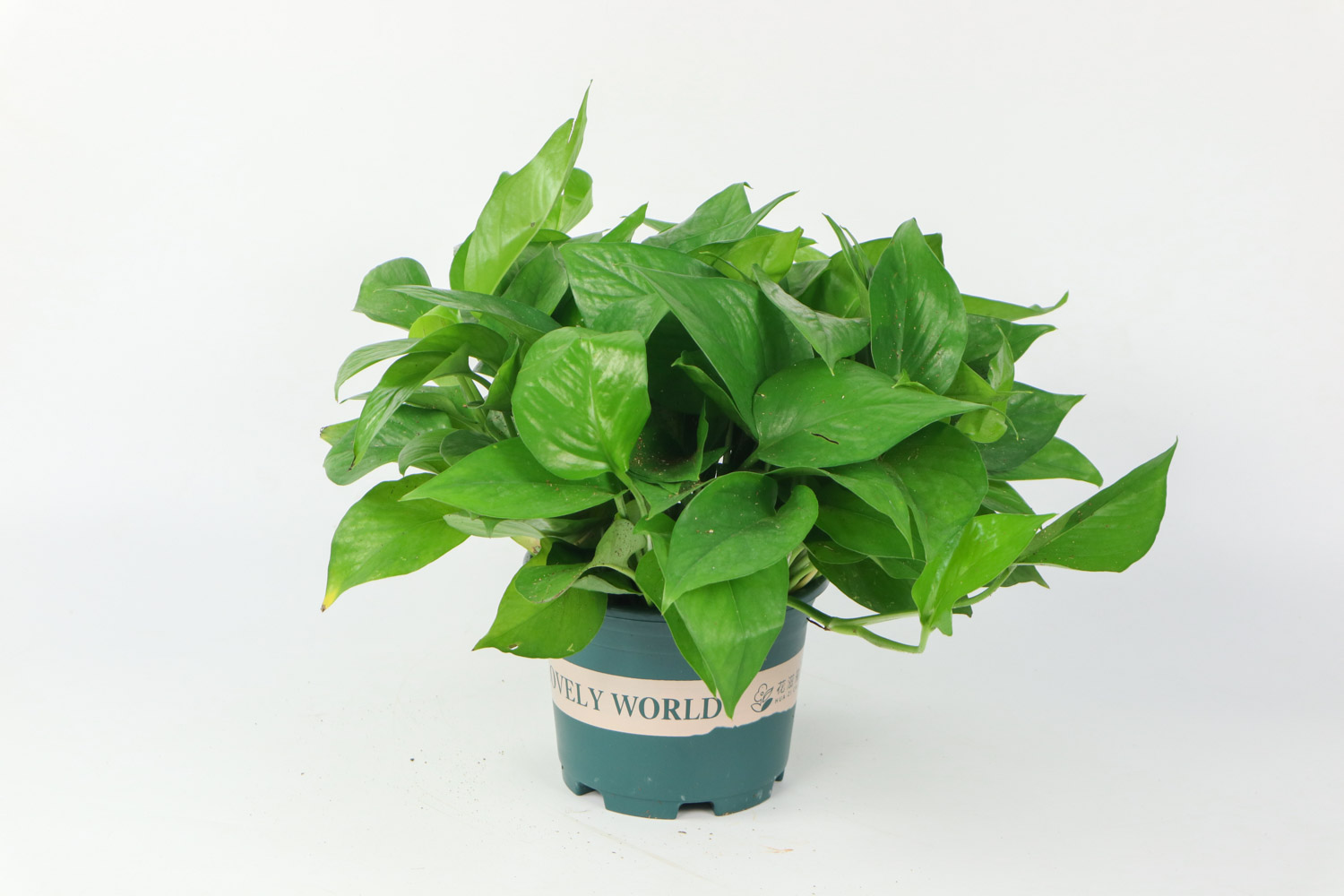
2. Compound fertilizer
Less roots does not mean that they do not need nutrition. On the contrary, fortune trees with larger plant types need more nutrition to maintain their own supply, otherwise they will have yellow leaves. At this point, a few grains of compound fertilizer can make the fortune tree avoid yellow leaves
使用方法: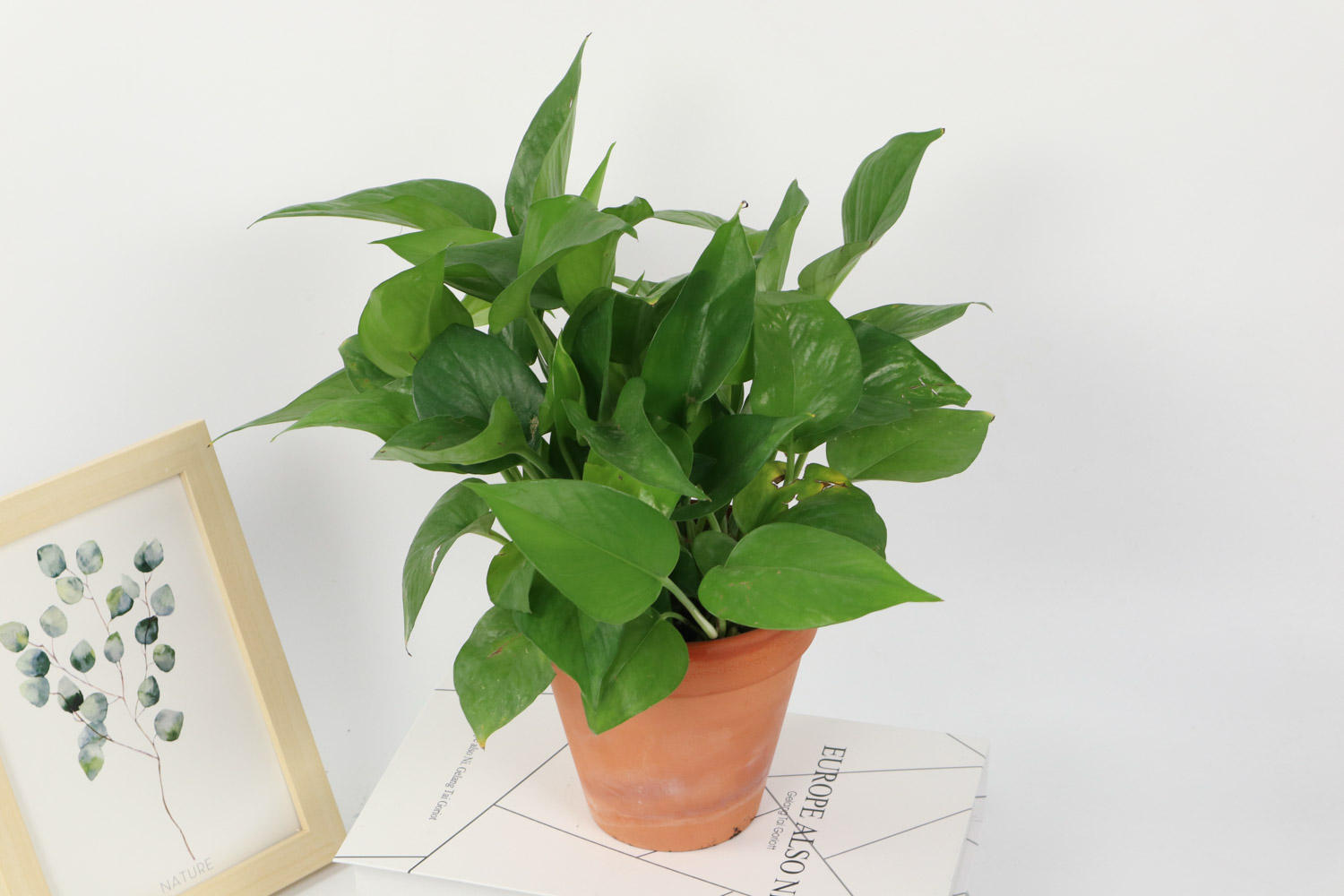
1. Dig a small hole at the edge of the basin soil of the fortune tree, and put 5-10 grains of compound fertilizer into it according to the plant type and size of the fortune tree
2. After burying, water it and observe it for two days. If there is no obvious adverse condition of the fortune tree, add 2 grains of fertilizer appropriately next time and use compound fertilizer once a month
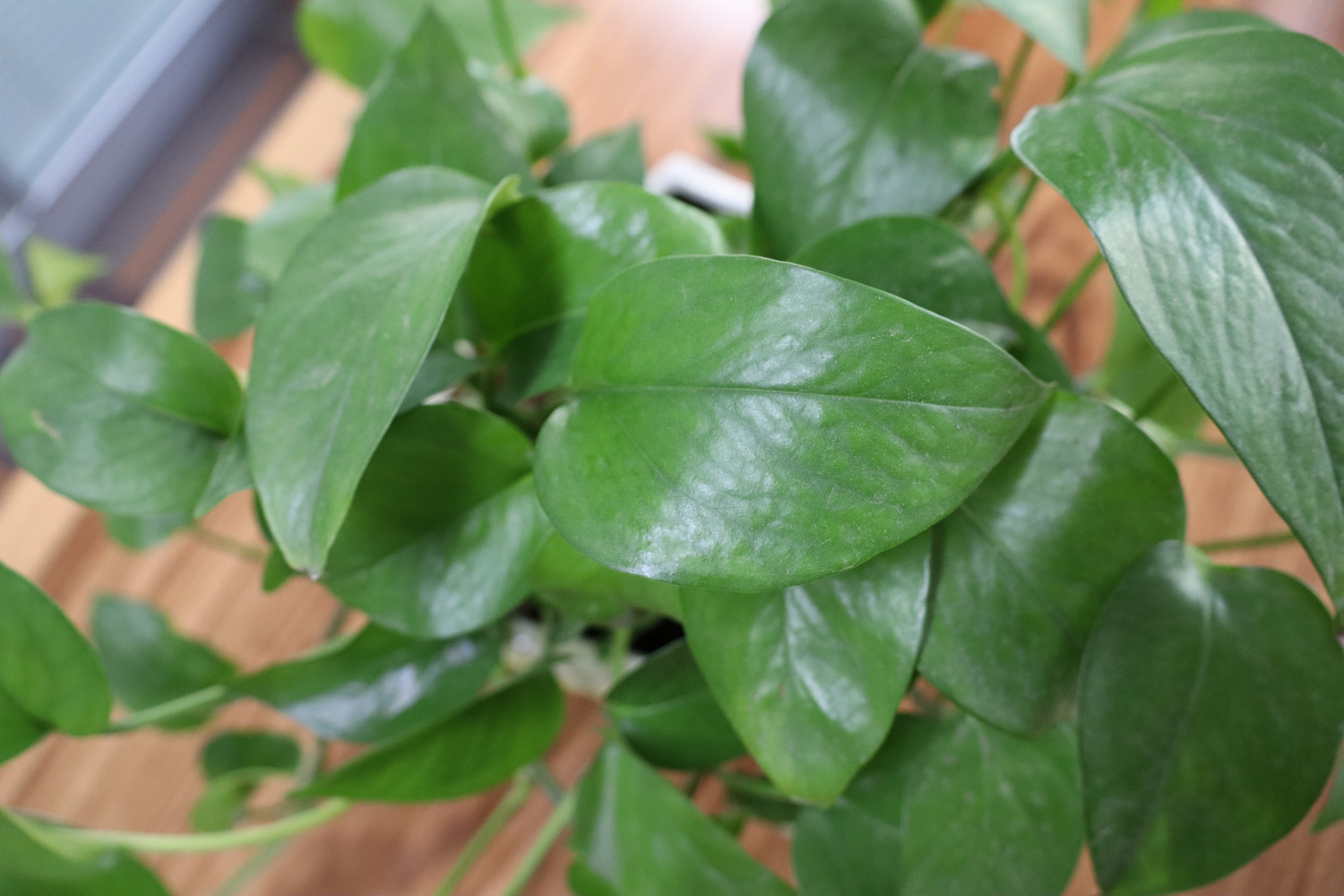
3. Maintenance
Small fortune trees should not use large pots or deep pots
Because the roots of small fortune trees are short and there is too much soil in the large basin, after watering, the water in the upper soil is absorbed by fortune trees. Although the soil below is still wet, fortune trees can not continue to absorb water, but can only continue watering. In the long run, it is easy to yellow leaves and rotten roots
Clivia
1. Beer
Beer is rich in carbon dioxide, which can promote the photosynthesis of Clivia, avoid the yellow leaves of Clivia and make it green
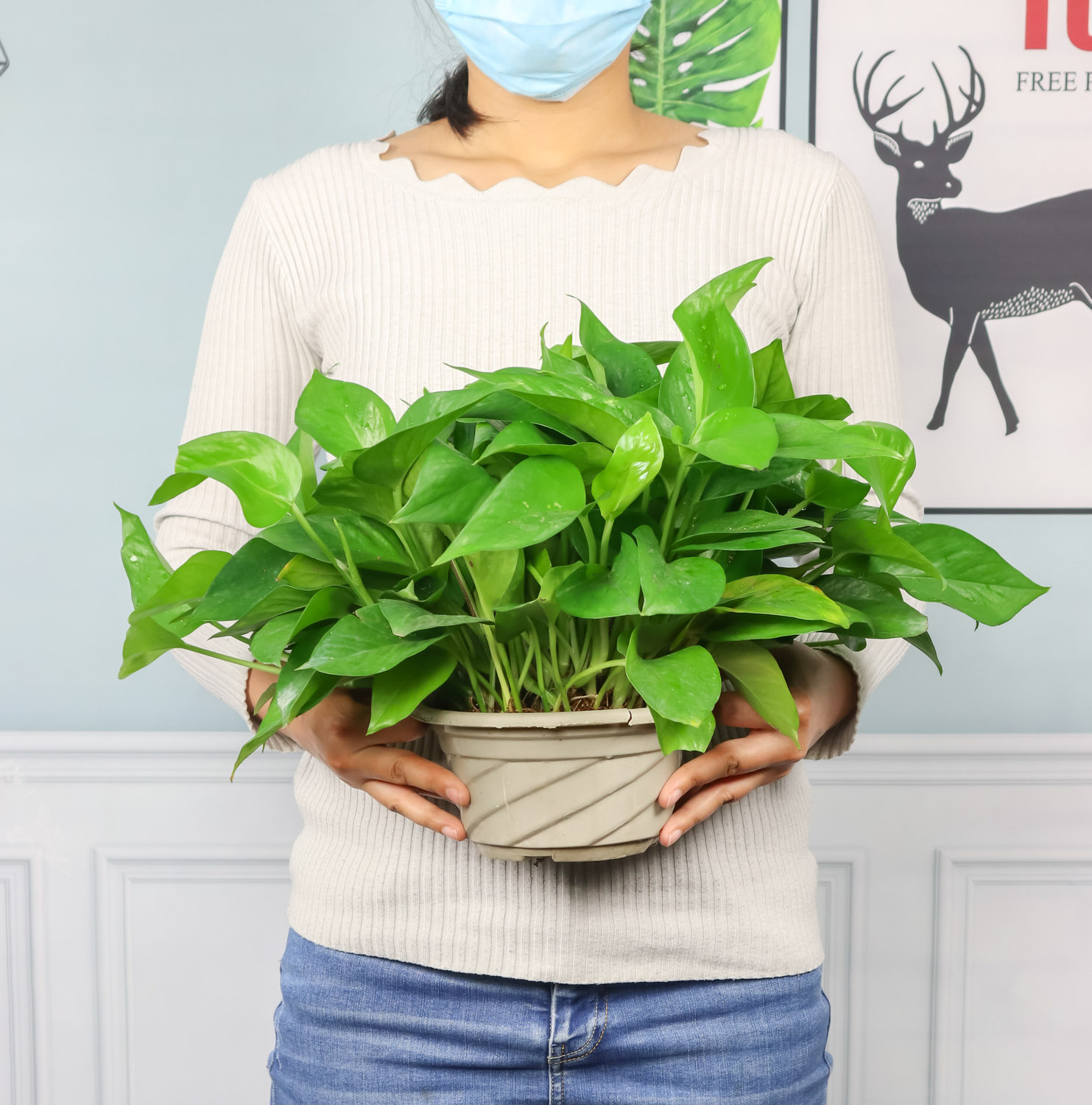
how to use:
1. The beer is diluted with water in the ratio of 1:10
2. Dip a cloth in diluted beer and wipe the leaves of Clivia
2. Bury melon seeds
Clivia especially likes oil crops. Fried melon seeds, peanuts and Castor seeds into the flower pot of Clivia can prevent it from yellowing due to lack of nutrition
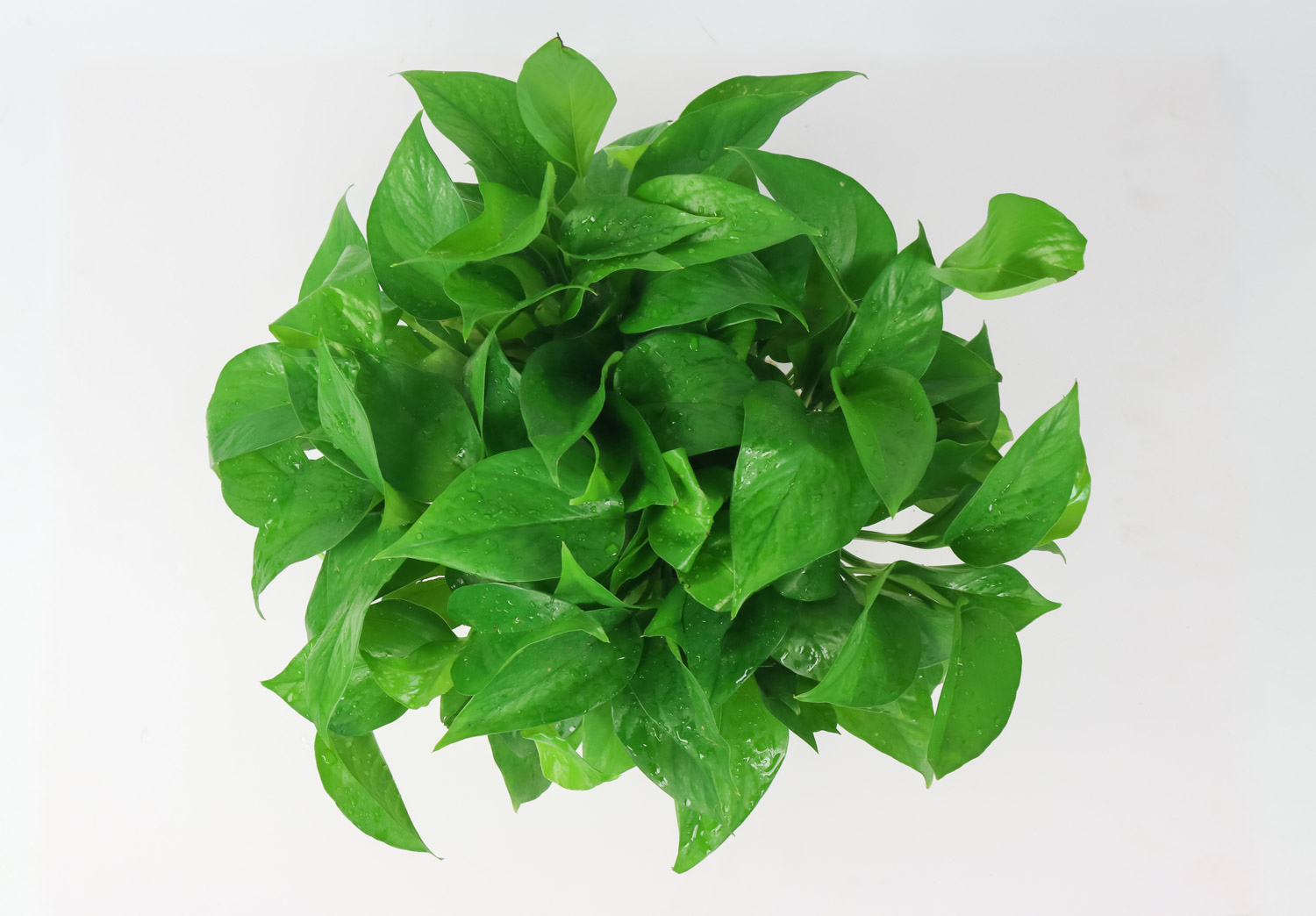
how to use:
Dig a small hole next to the soil of the Clivia basin, throw in more than a dozen melon seeds and peanuts, and bury them
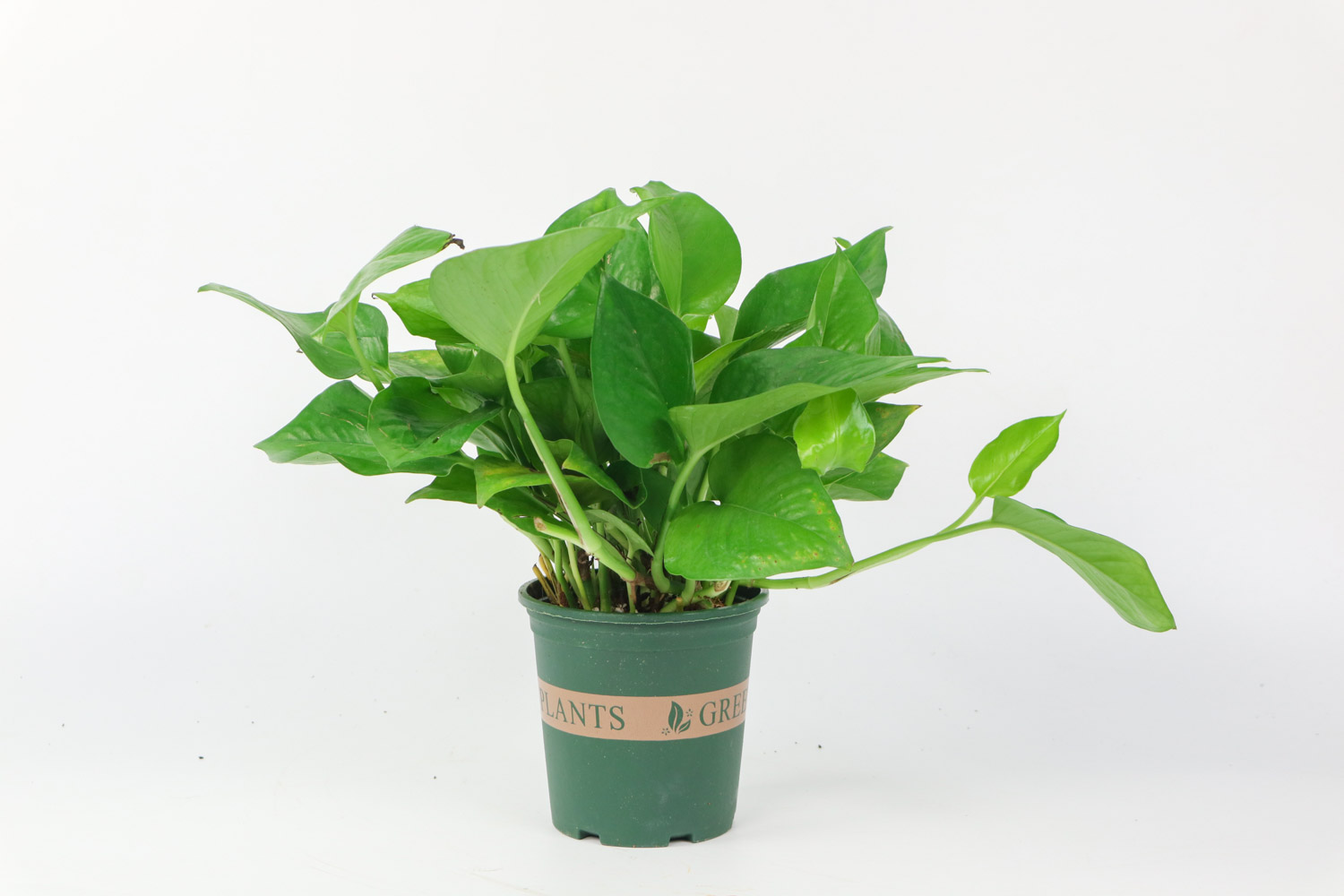
3. Maintenance
Clivia is best placed in the study, living room and other places, do not accept direct sunlight, usually should scrub more leaves
Asparagus
1. Bean cake water
Soybean cake is the residue left after oil extraction of soybean, peanut and sesame. It has sufficient nutrition. After feeding asparagus, it can avoid its yellow leaves due to lack of nutrition
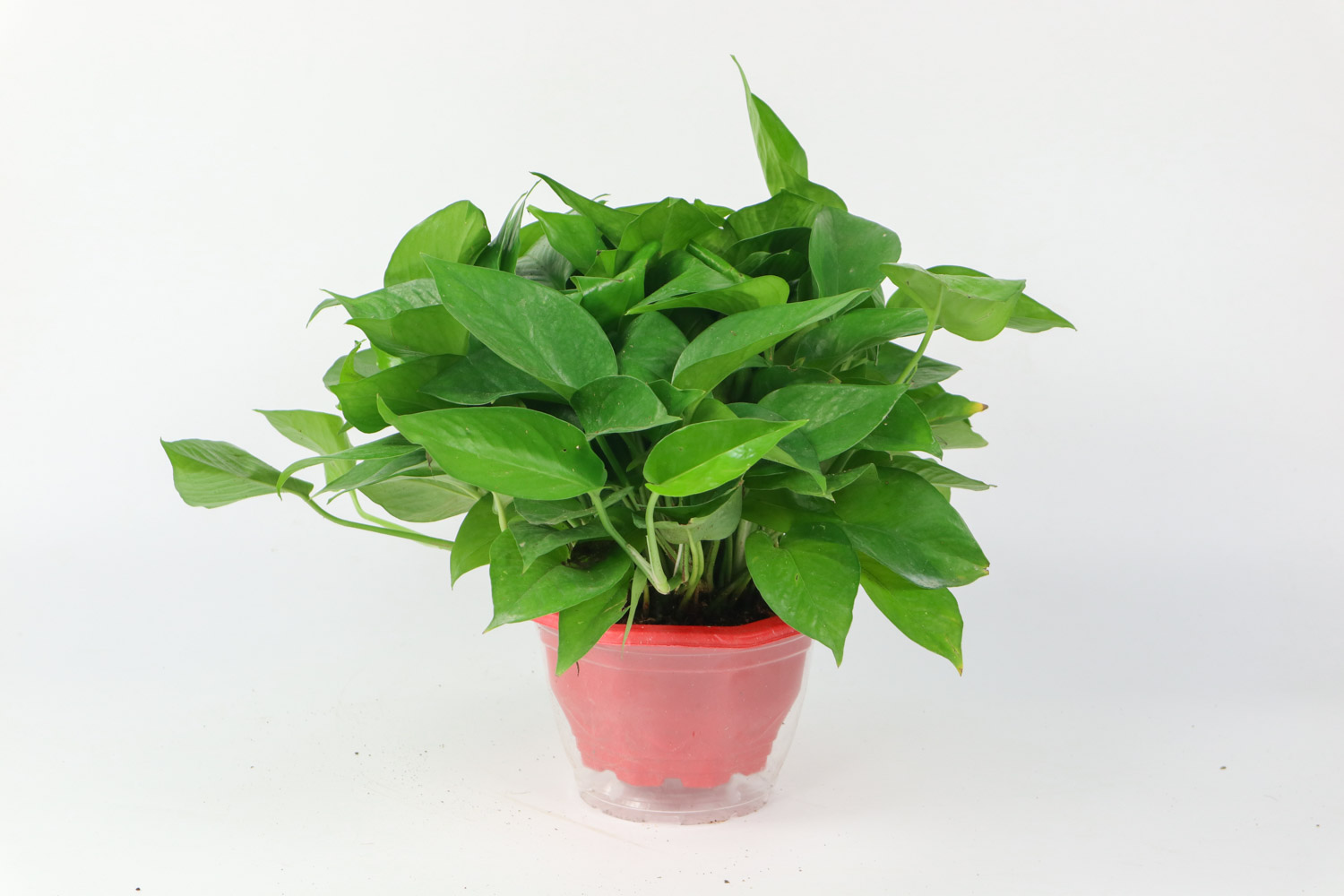
how to use:
(1) Break the bean cake, seal it with water and put it in the sun
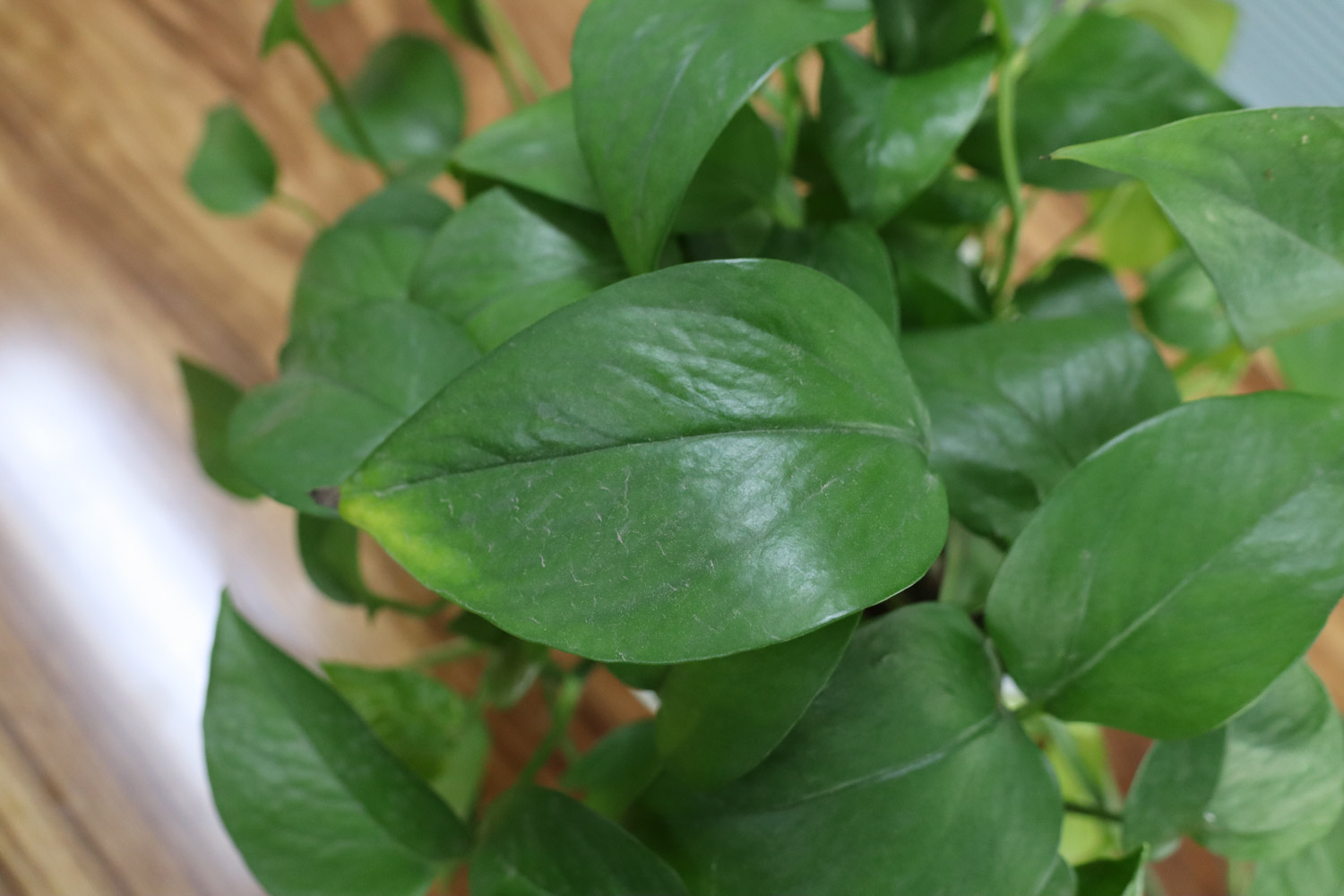
(2) It can be used after about 2 months. Take the supernatant and pour it into asparagus according to 1:2000
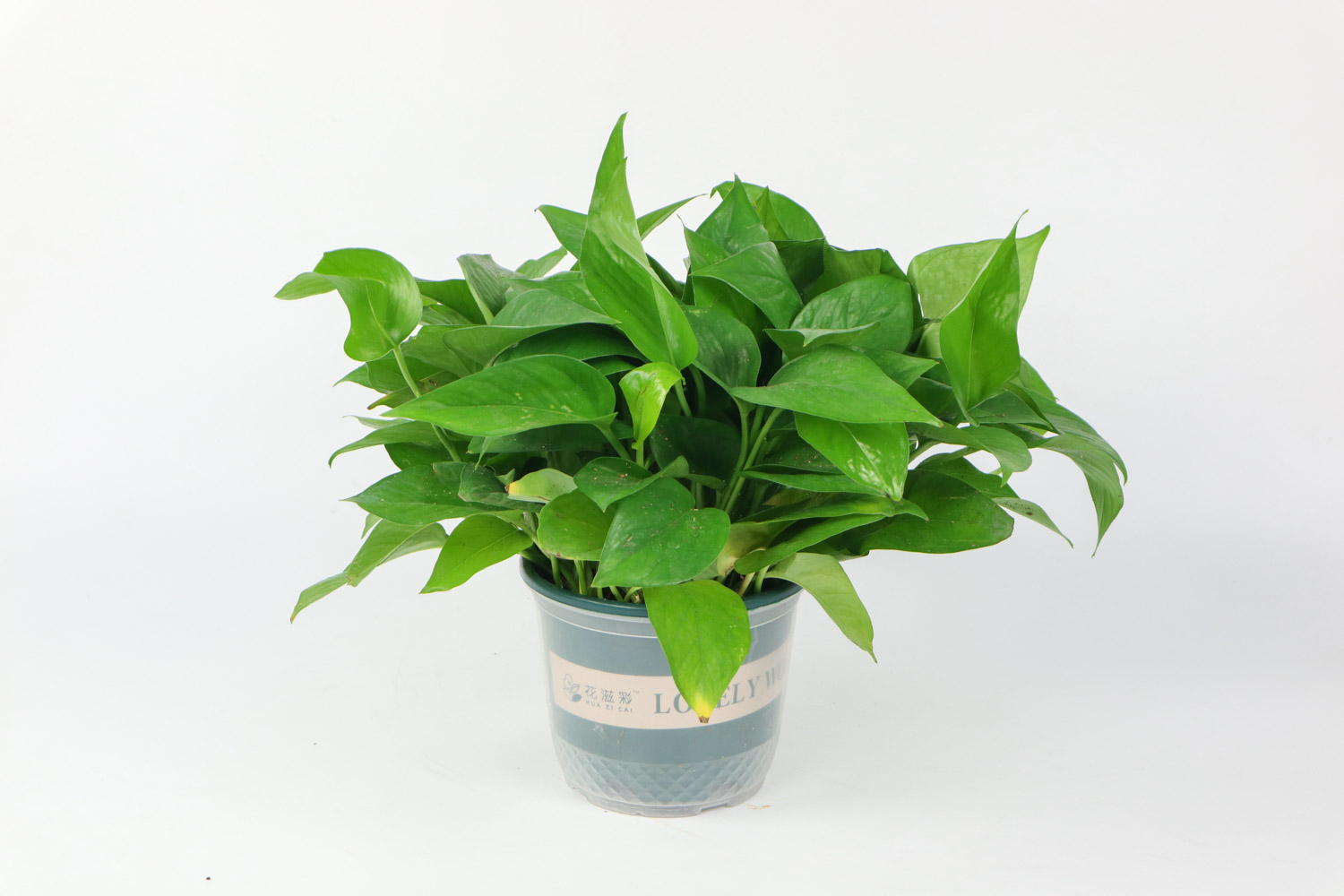
2, spray
bamboo originally lives in the south, the air humidity is high, enters the room, because the humidity is not enough, often yellow leaves, therefore, if we want to avoid the yellow leaves, we need to spray and moisturize around the bamboo. p>
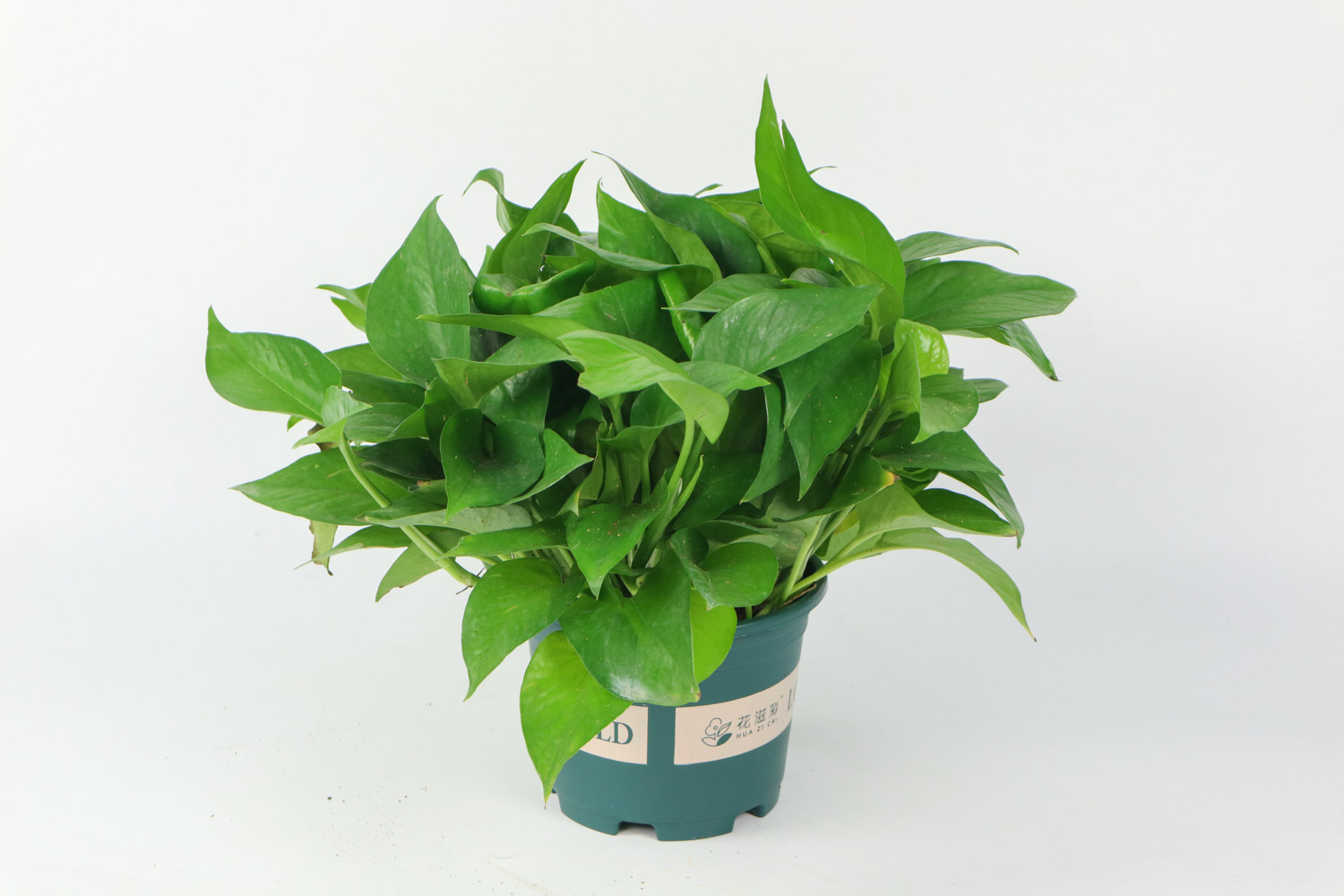
how to use:
spray around the leaves every day. p>
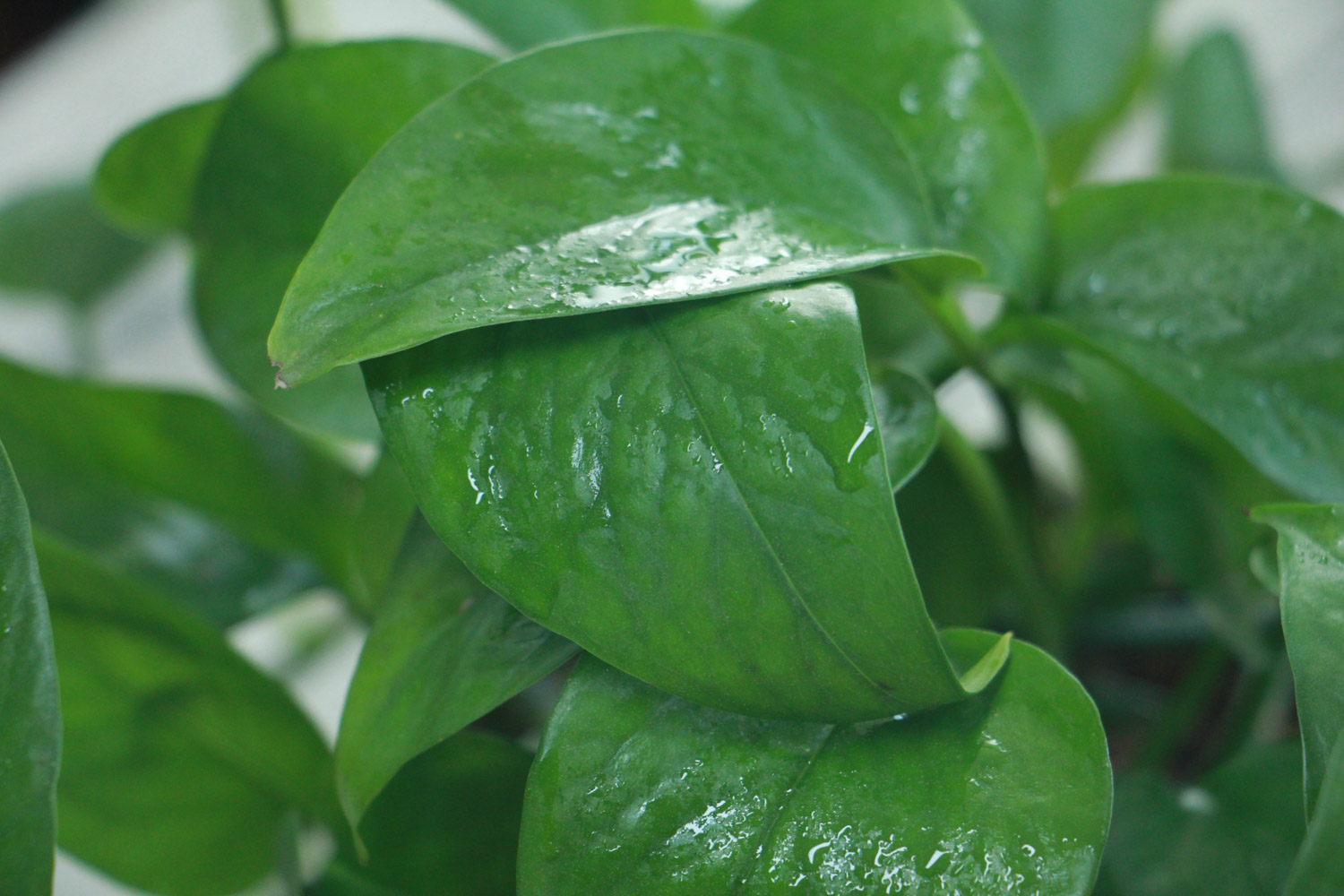
3. Maintenance
Asparagus doesn't like direct sunlight, but it can't be shaded too much. It should be placed in a well ventilated and bright indoor environment. Flowers and flowers should water their asparagus once every 4-6 days
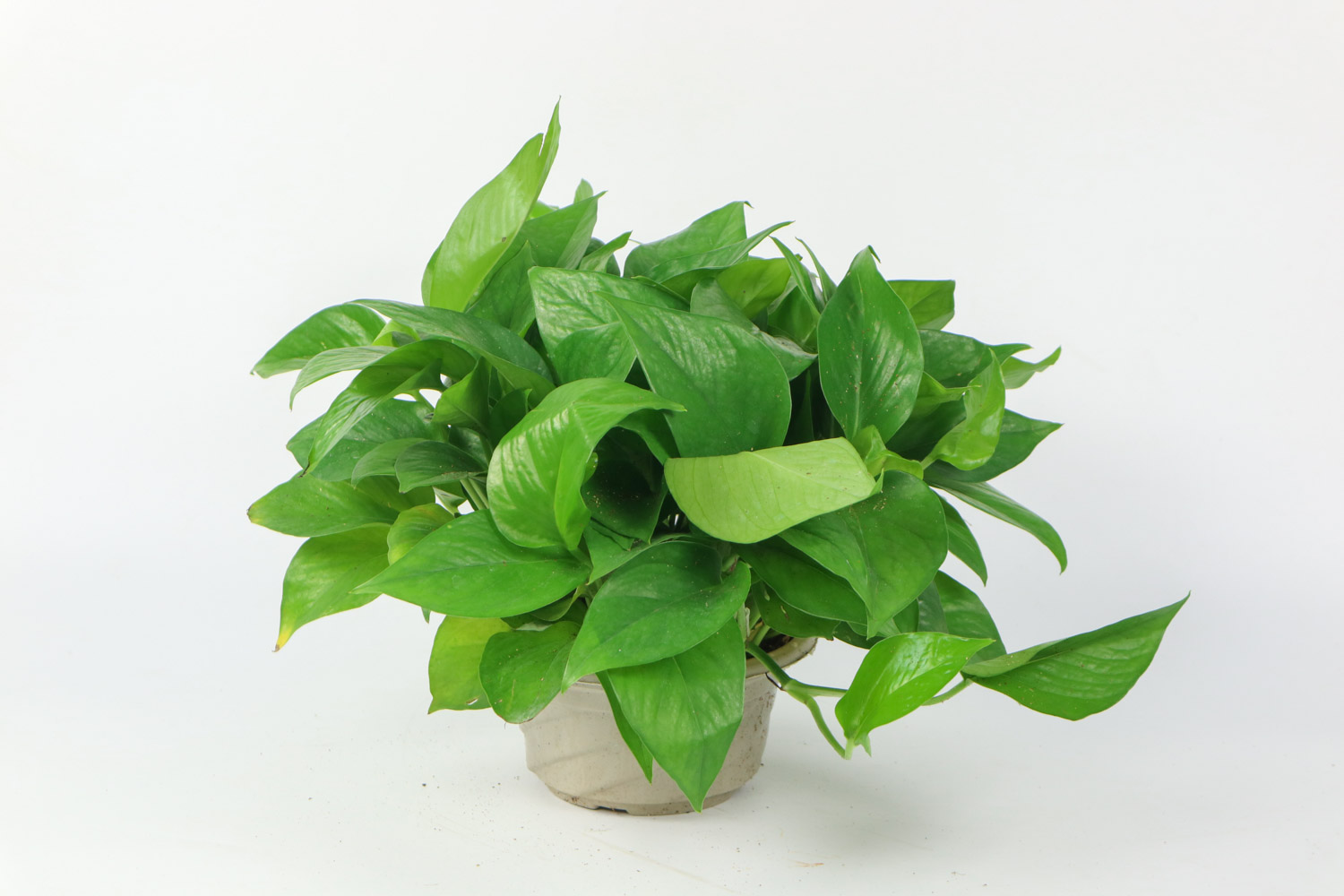
Jasmine
1. Ferrous sulfate
Jasmine is a southern flower. It originally grew in red soil, which is rich in iron. After being moved into the indoor flower pot, if the iron element is insufficient, it will yellow leaves. At this time, it needs to be watered with ferrous sulfate
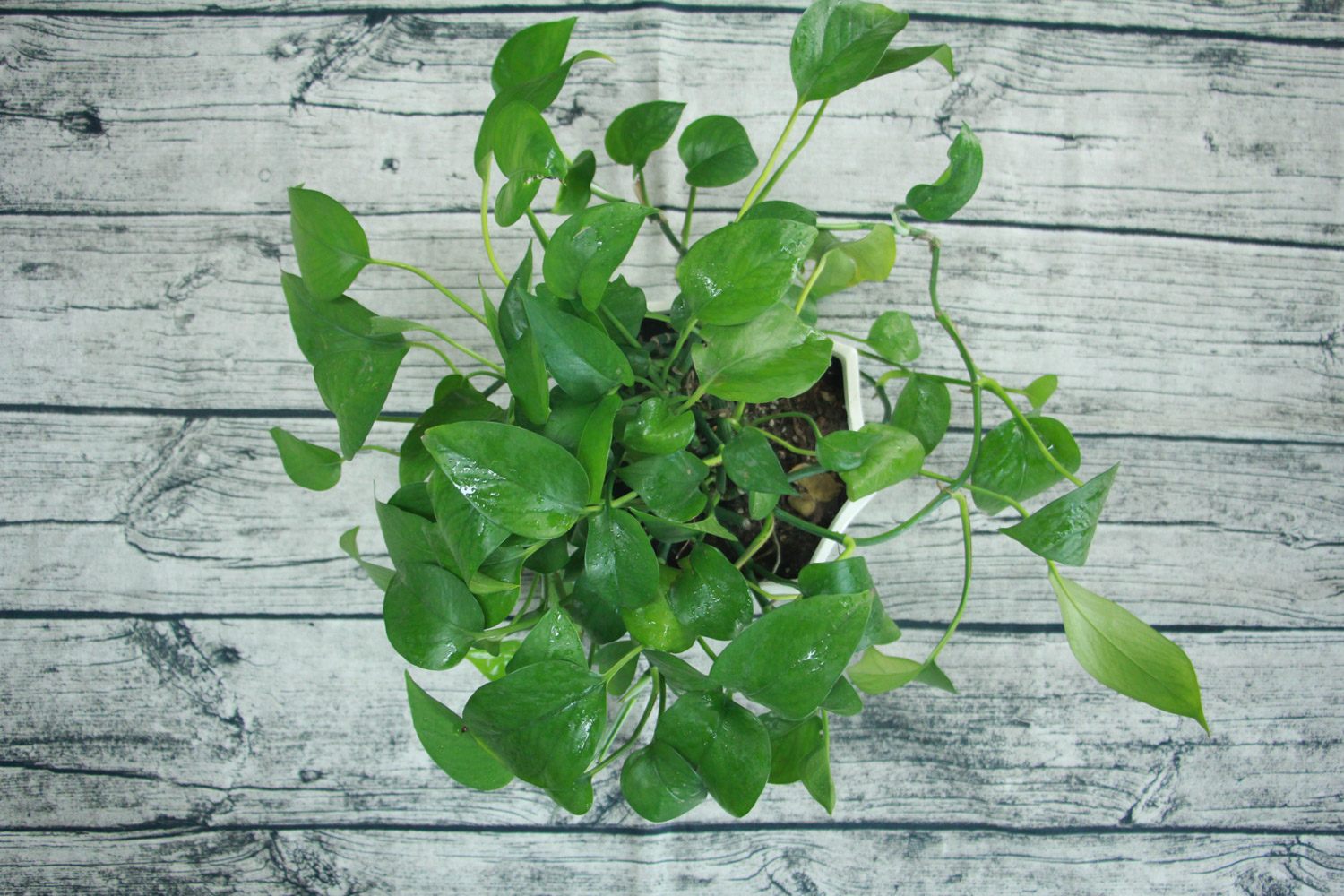
how to use:
Dilute ferrous sulfate in the ratio of 1:2000 and pour it on jasmine
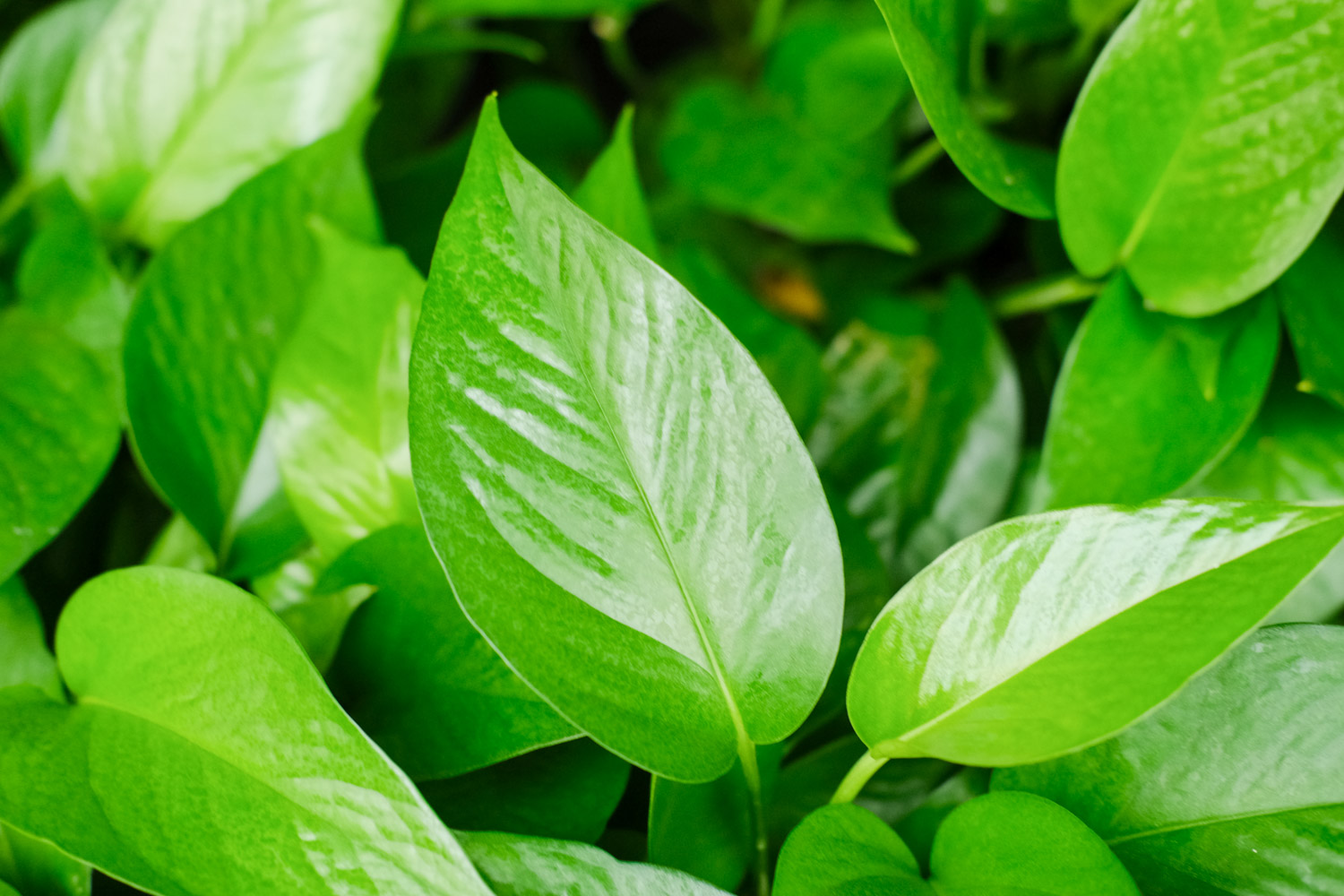
2. Vinegar
The northern basin soil is alkaline, which is also the reason why many northern flower friends can't raise jasmine and gardenia well. You can use some vinegar to neutralize the alkalinity in the basin soil
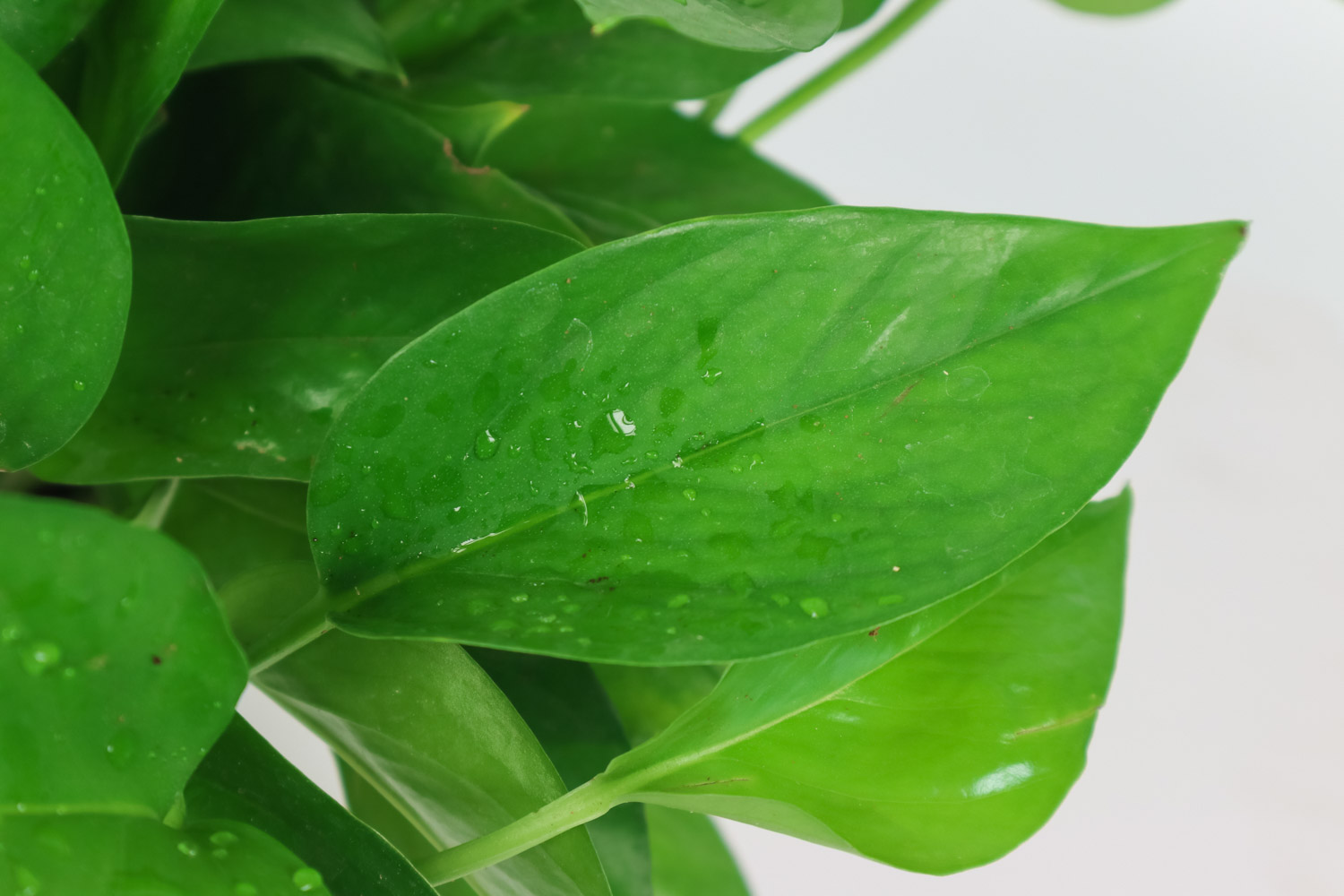
how to use:
White vinegar does not contain salt. Dilute it in the ratio of 1:50 and pour it down on the jasmine
3. Maintenance
It is said that the more the sun shines, the more fragrant the jasmine blooms. The growth of jasmine needs plenty of sunshine. It's best to put it on a balcony with good light
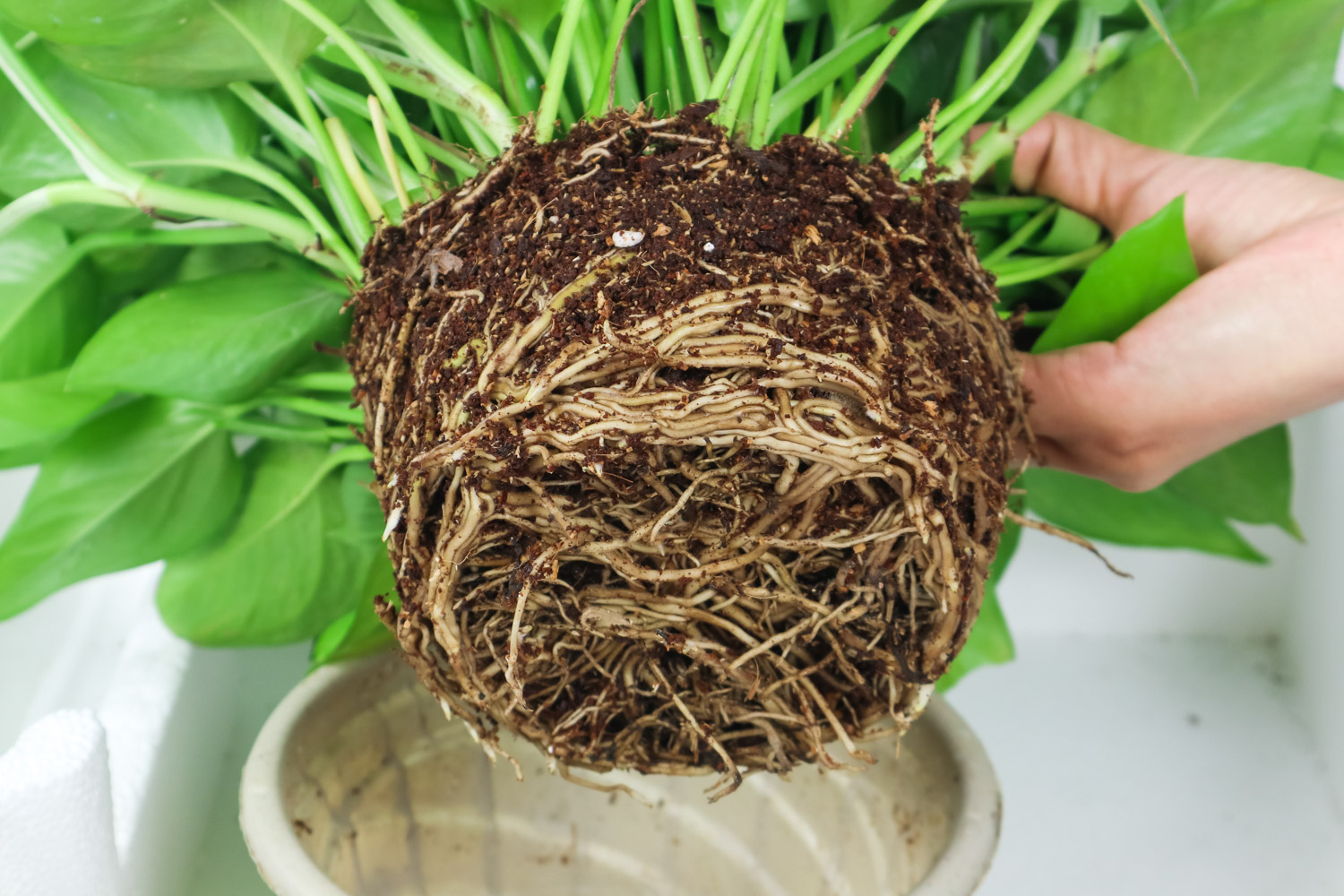
Happiness tree
1. Rice washing water
The rice washing water is weakly acidic and contains nutrition, which can alleviate the yellow leaves of happiness tree due to lack of nutrition
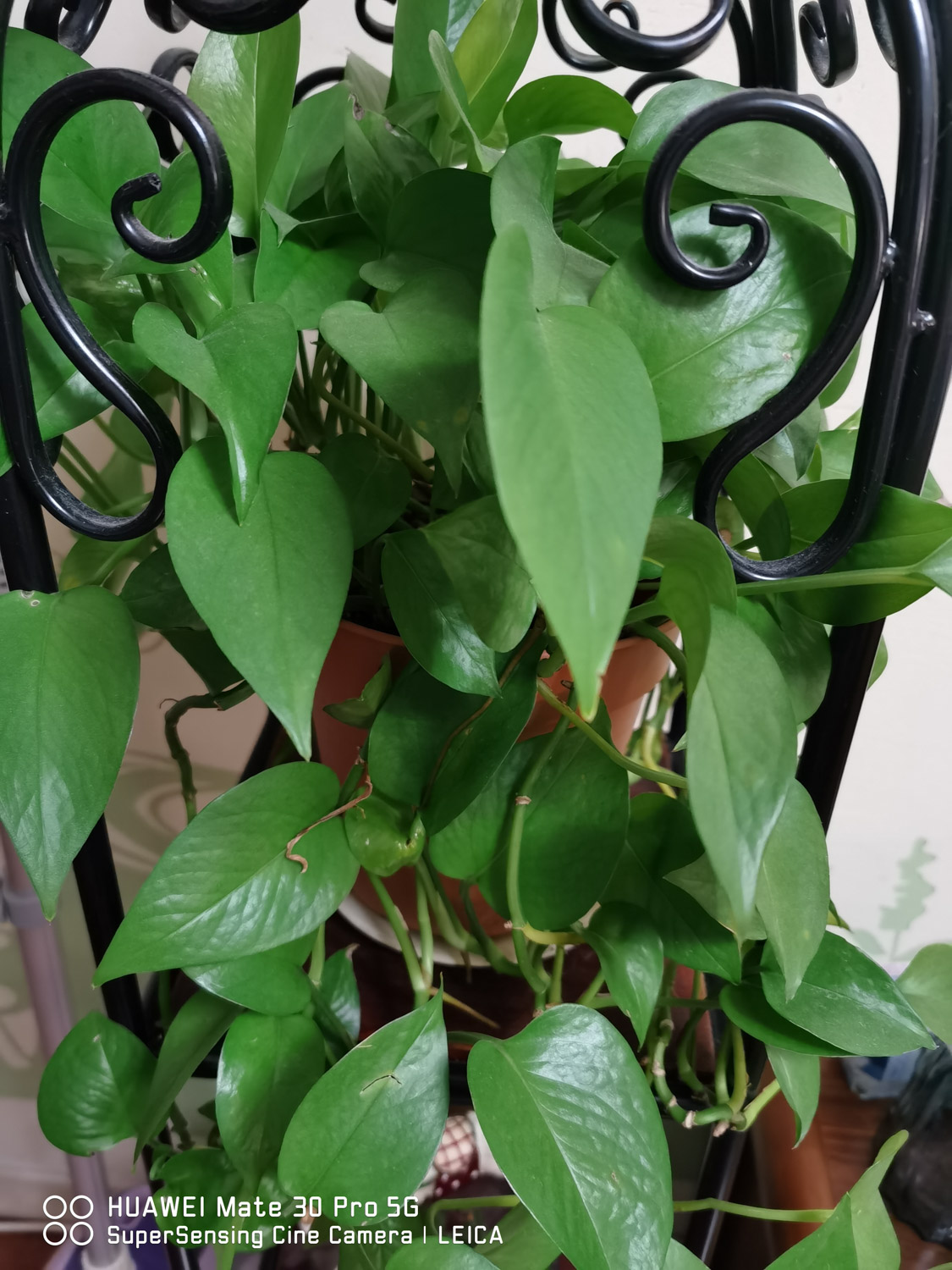
how to use:
A small amount of rice washing water can be used directly. When a large amount of rice washing water is used, it needs to be put in a plastic bottle first, sealed and fermented before use
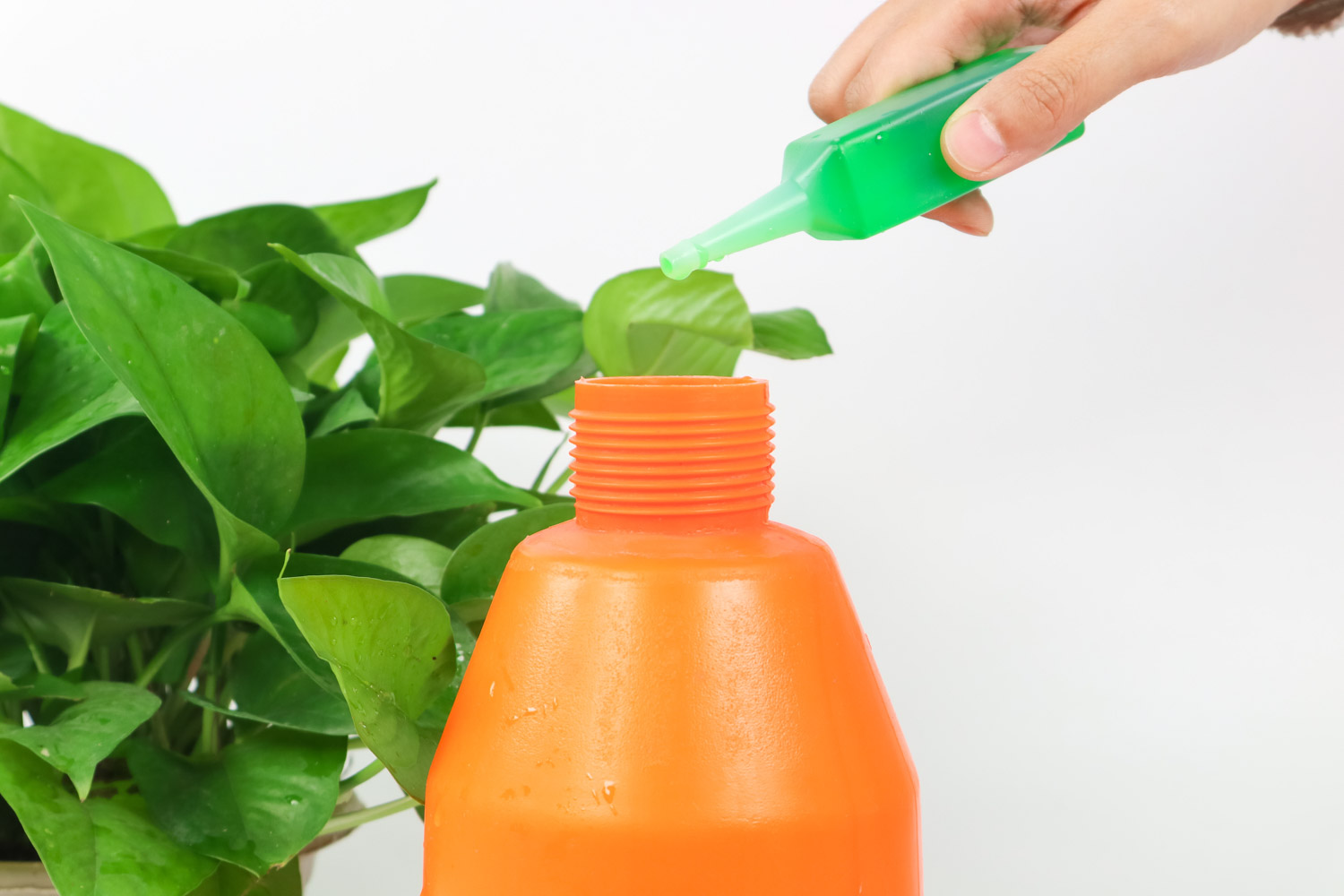
2. Tea
The tea is weakly acidic. Overnight tea can be poured on the happy tree to help alleviate its yellow leaves
how to use:
Filter out the tea from the tea and pour it on the happiness tree. Note that this method should have a certain frequency, which can be once every half a month. You can't use the happiness tree as a tea bucket, otherwise it is easy to rot
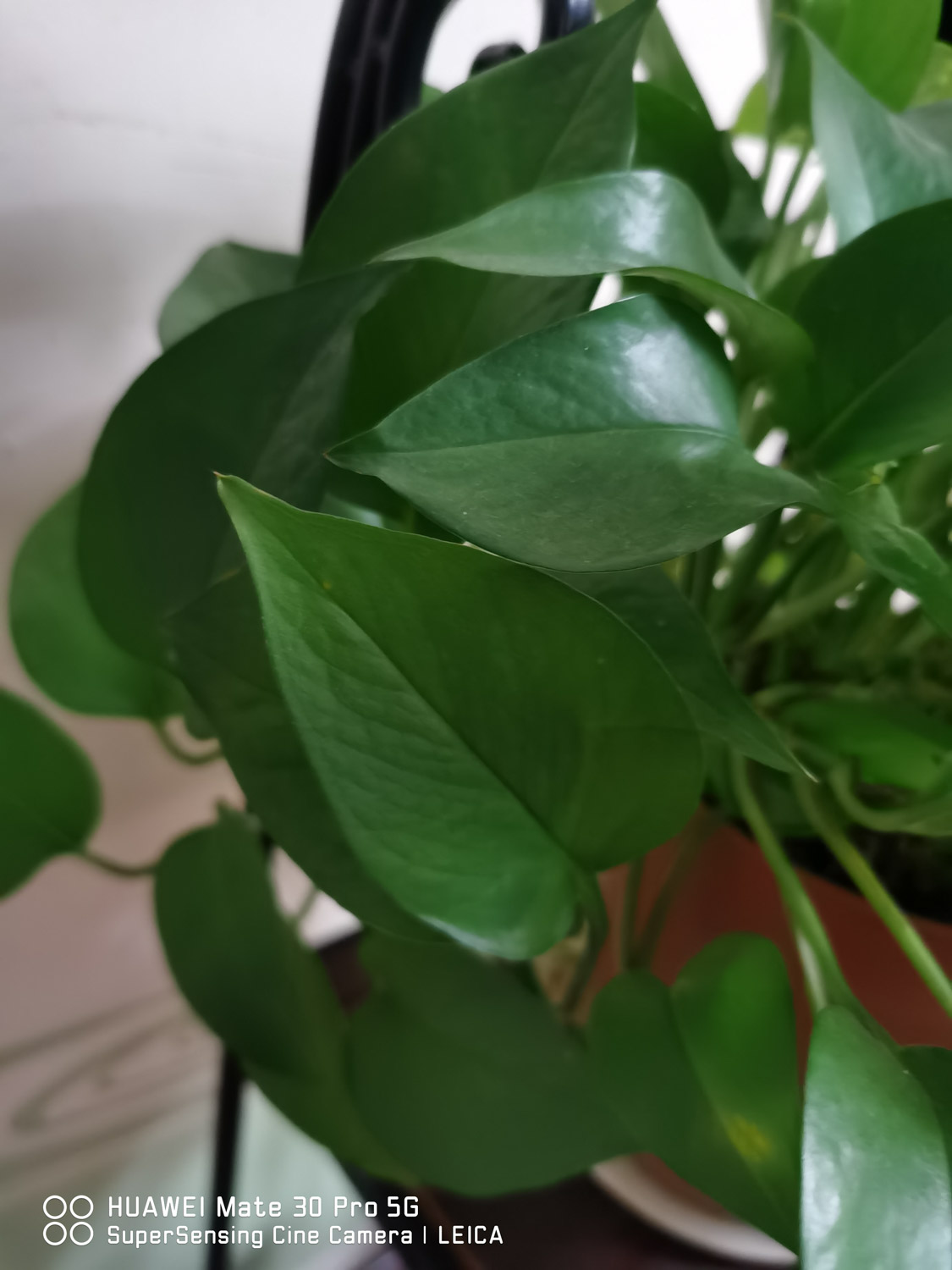
3. Maintenance
Happy tree likes a semi shady environment. It is suitable to be placed in a wide and bright living room. It can be watered once every 5-7 days
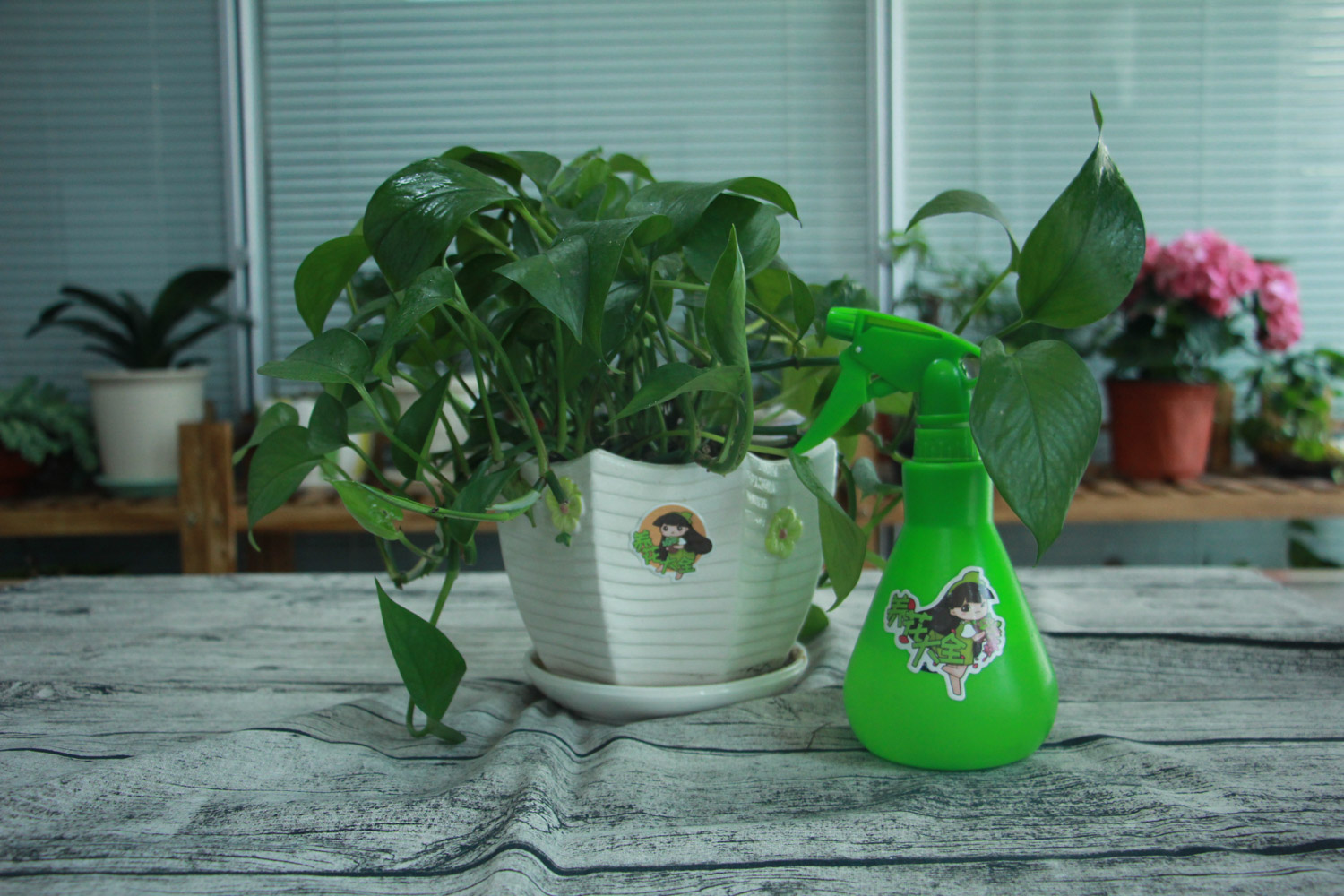
Fuguizhu
1. Iron nail
The yellowing of Fugui bamboo is mostly due to the lack of iron. Rusty nails can release iron and alleviate the yellow leaves of Fugui bamboo
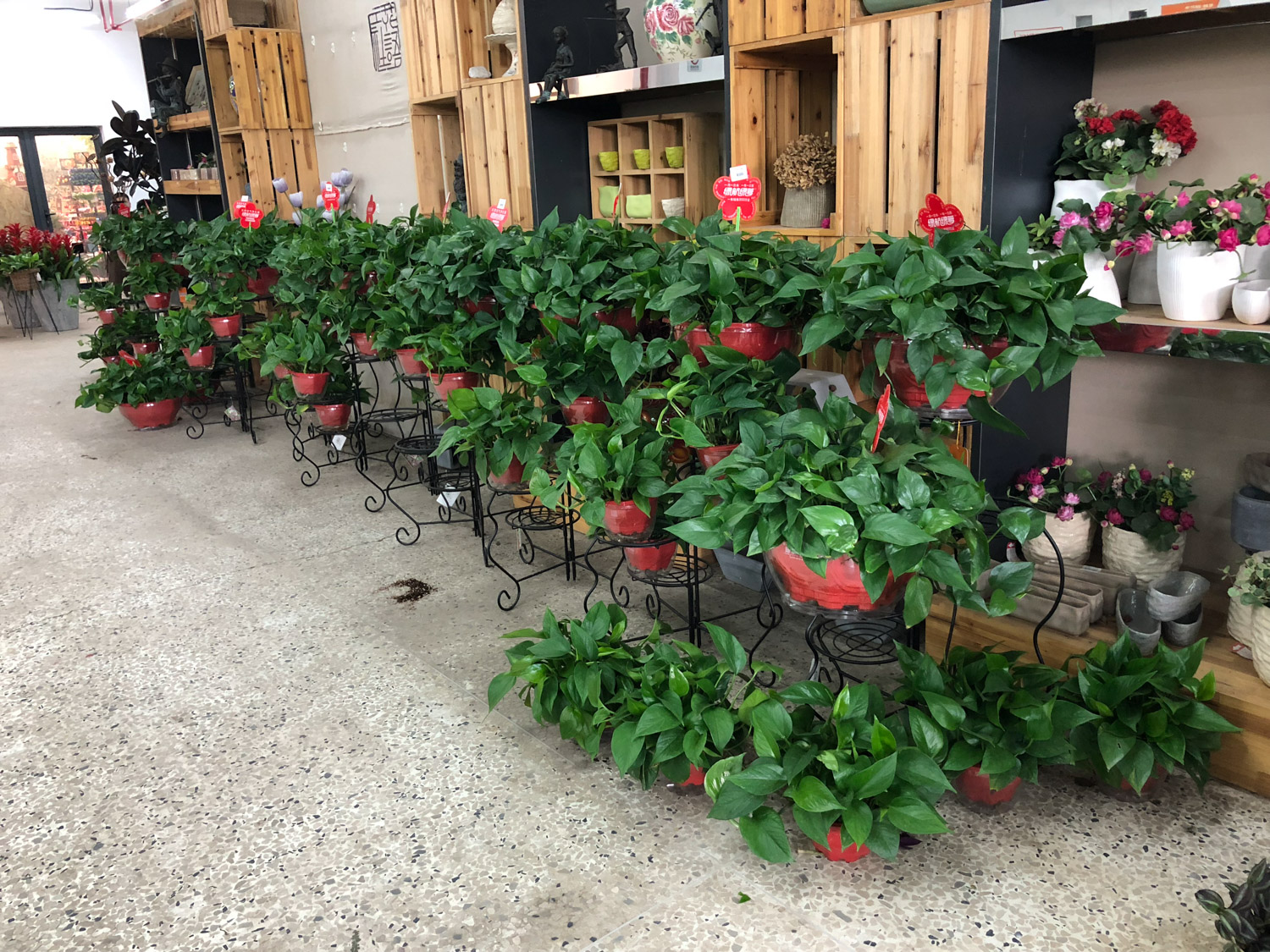
how to use:
(1) Find old rusty nails and don't remove the rust
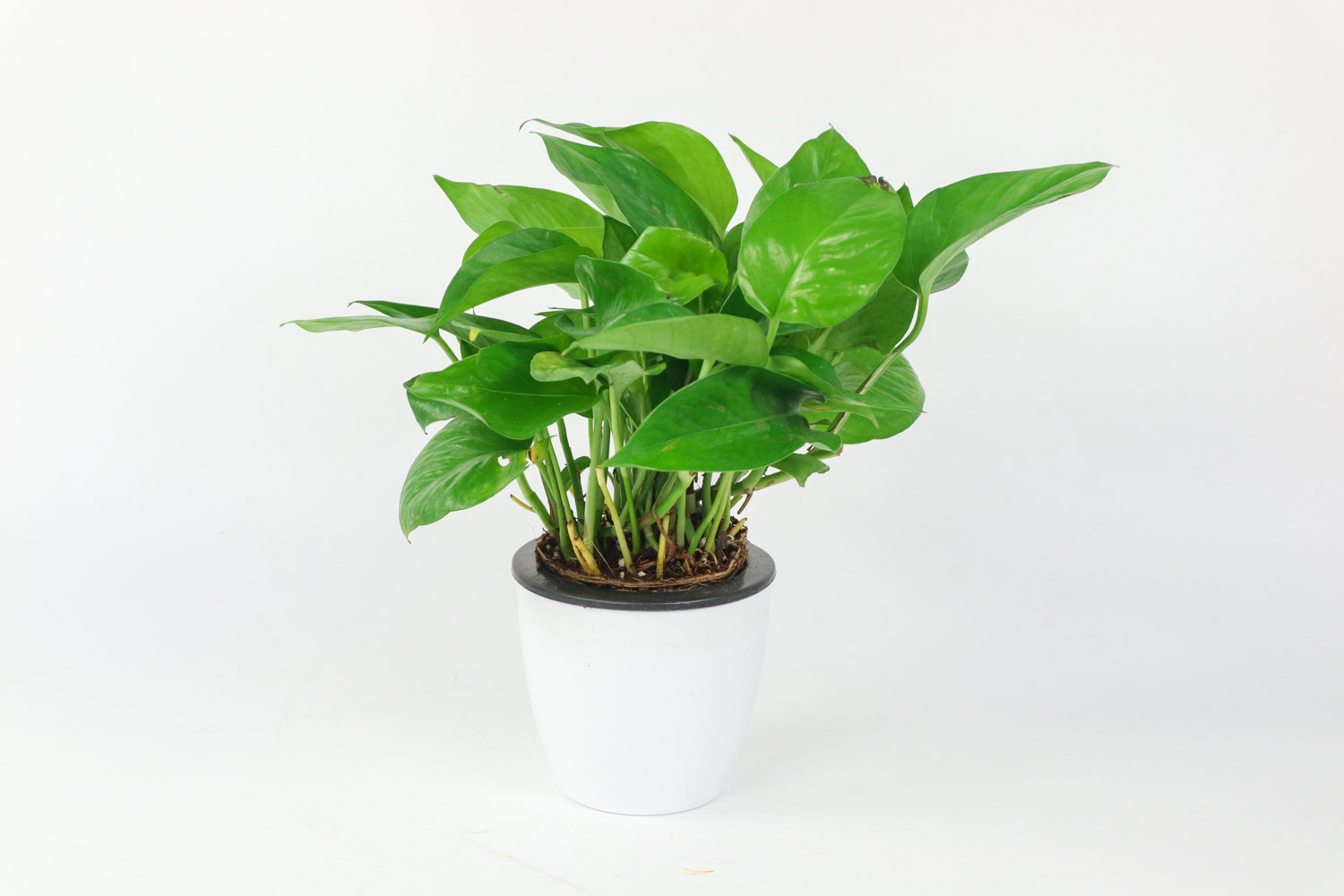
(2) After changing the water of Fuguizhu, throw the iron nail into the hydroponic bottle
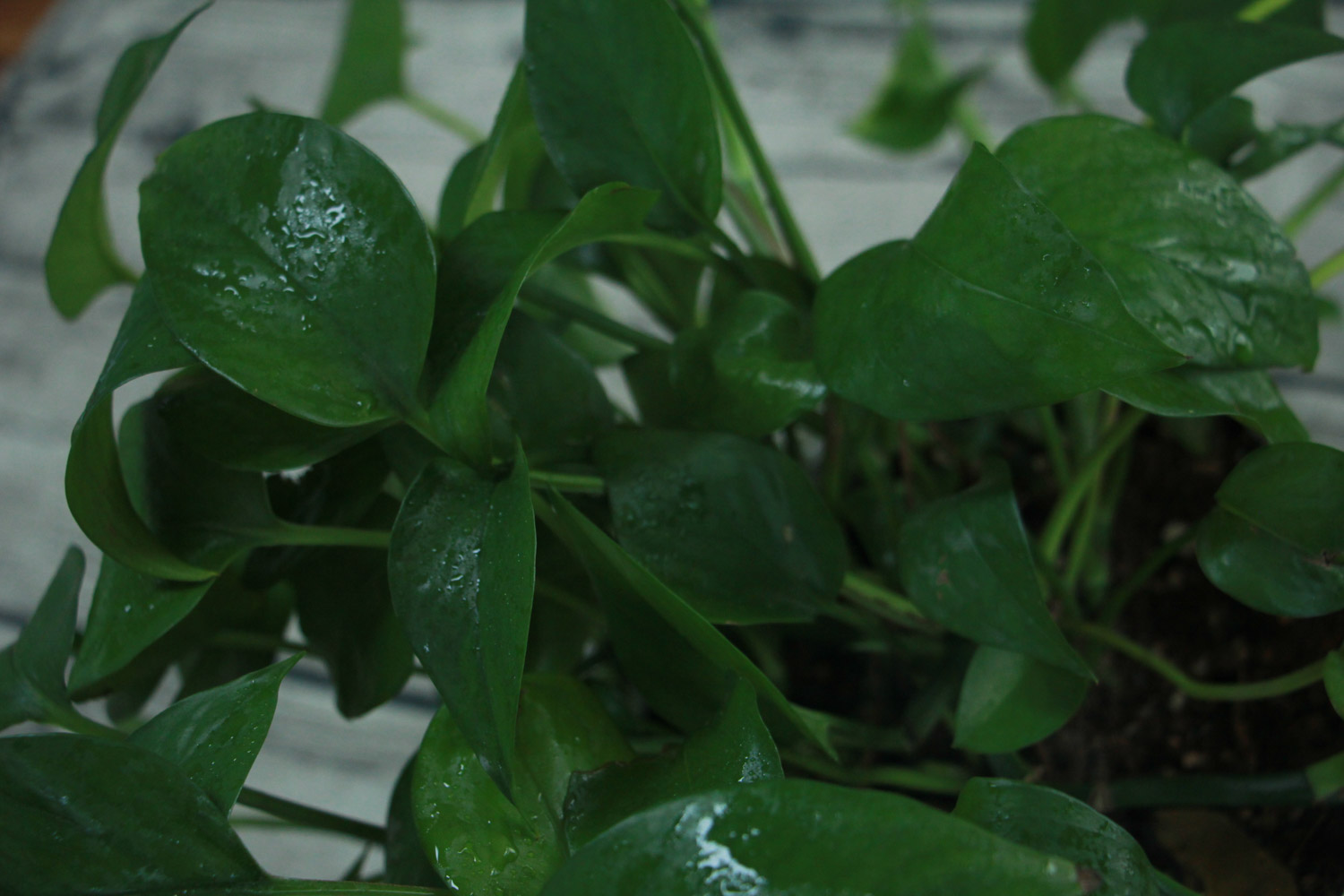
2. Charcoal
Another important reason for the yellow leaves of Fugui bamboo is the unclean water quality. If the water in the hydroponic bottle is not changed and unclean all year round, it will lead to rotten roots and yellow leaves. Charcoal can absorb impurities, purify water quality and prevent the roots and yellow leaves of Fugui bamboo from rotting

how to use:
(1) Smash the charcoal into pieces the size of your finger belly. Be careful not to be too small, otherwise the adsorption capacity will be much worse
(2) Put 7-10 pieces of charcoal into the water culture bottle. When changing the water, the charcoal should also be changed with the water
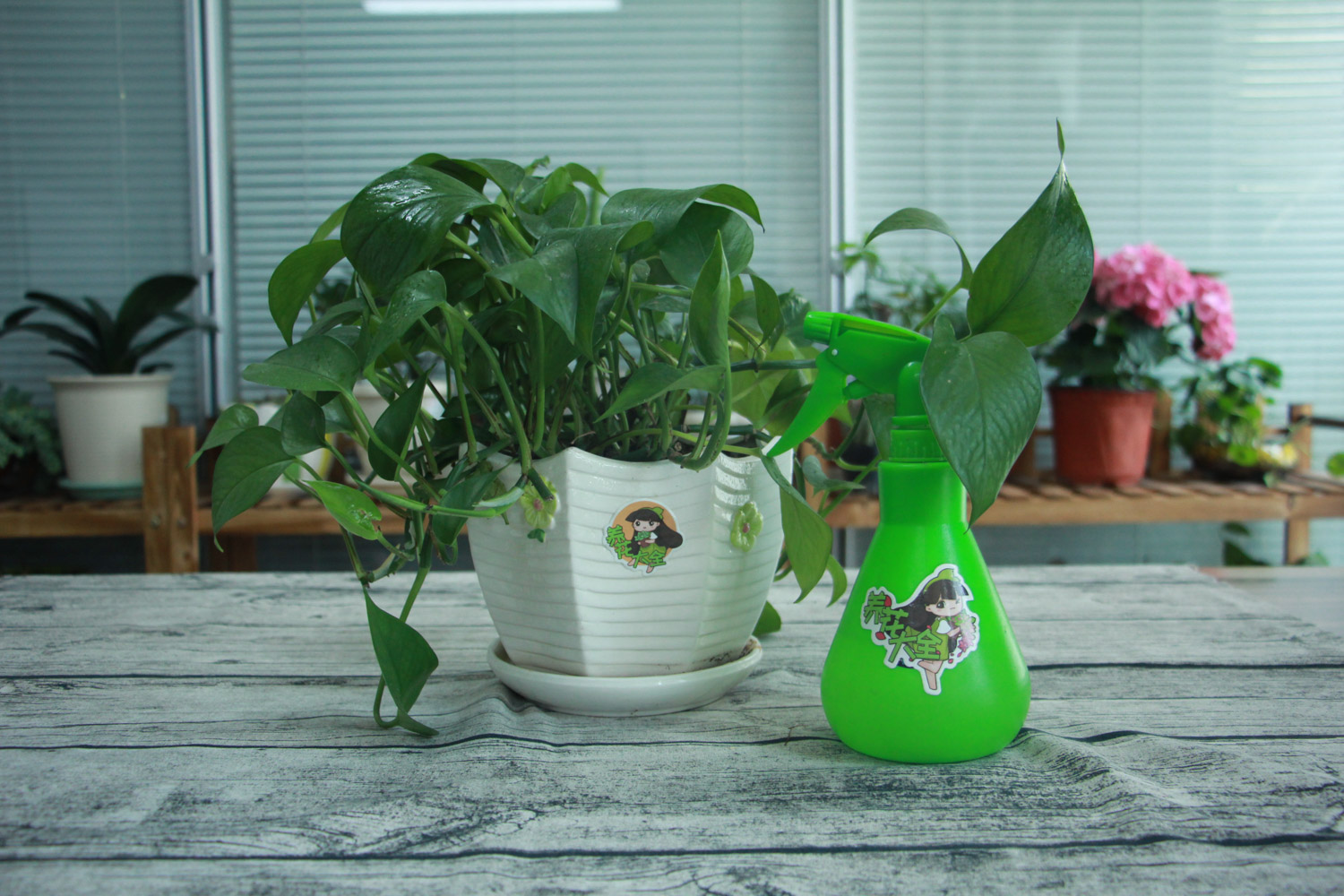
3. Maintenance
Put the rich and noble bamboo in the living room, study and other bright places, change the water once in about 10 days, and cut off the yellow leaves in time


 how many times do yo...
how many times do yo... how many planted tre...
how many planted tre... how many pine trees ...
how many pine trees ... how many pecan trees...
how many pecan trees... how many plants comp...
how many plants comp... how many plants can ...
how many plants can ... how many plants and ...
how many plants and ... how many pepper plan...
how many pepper plan...



























